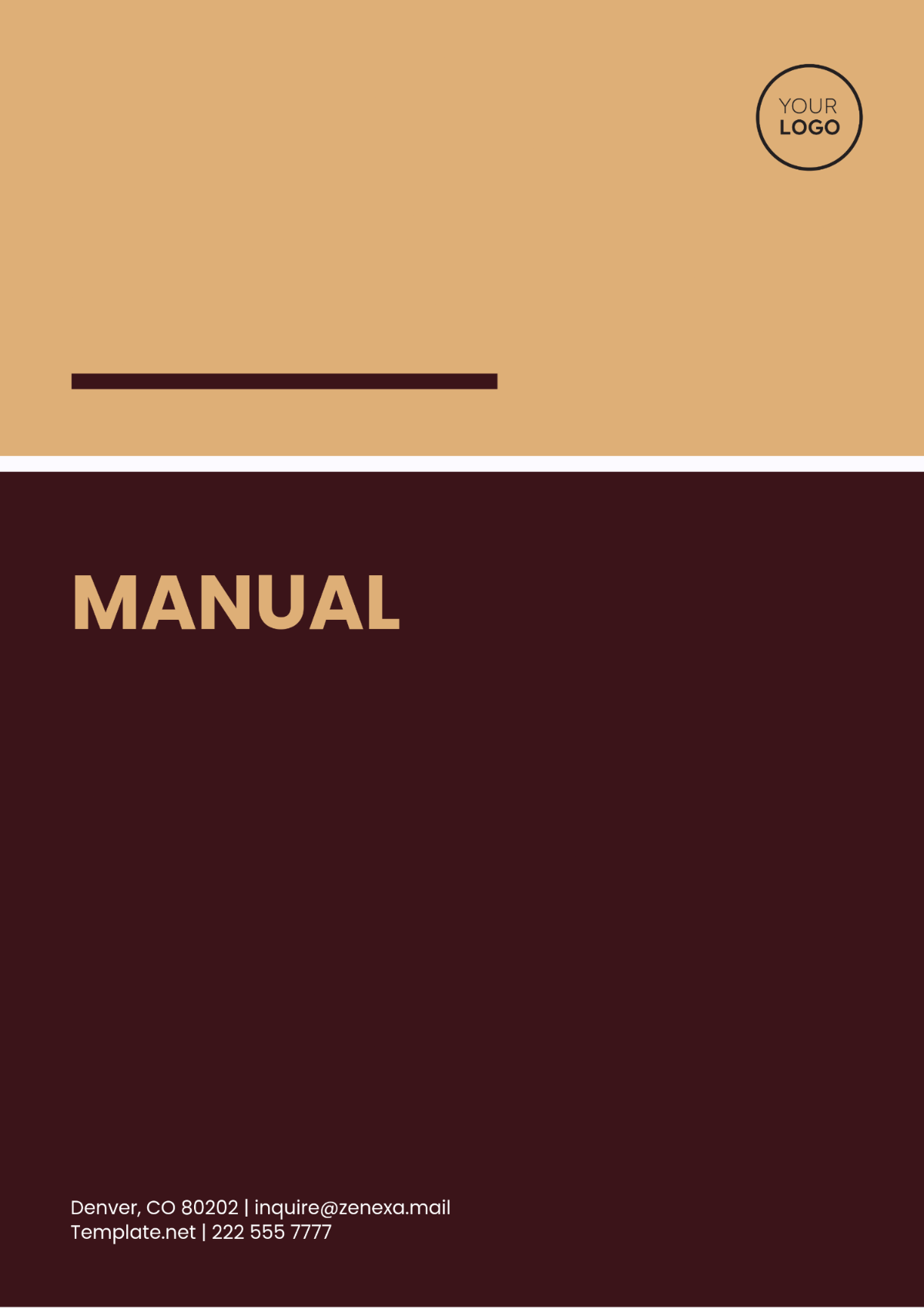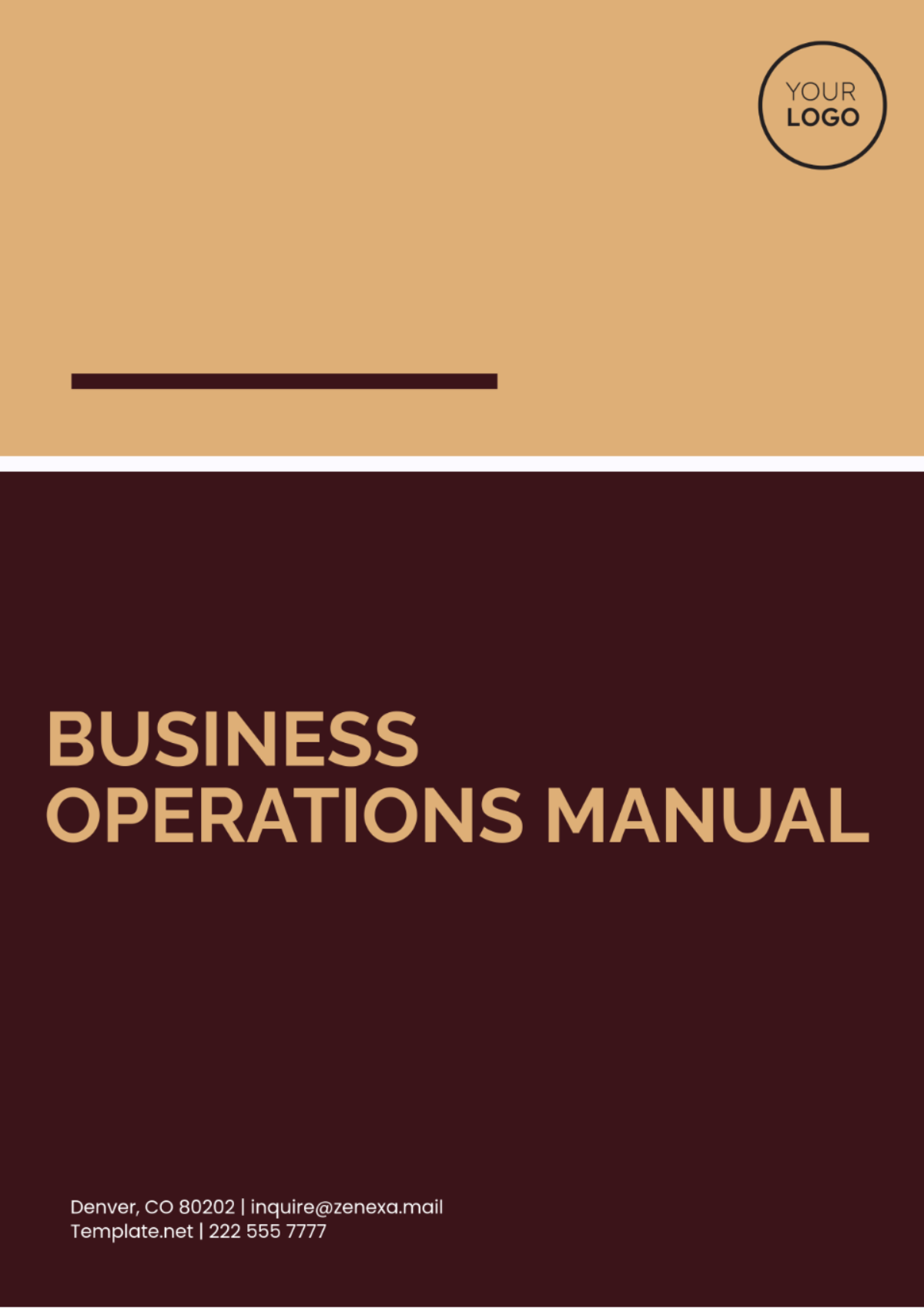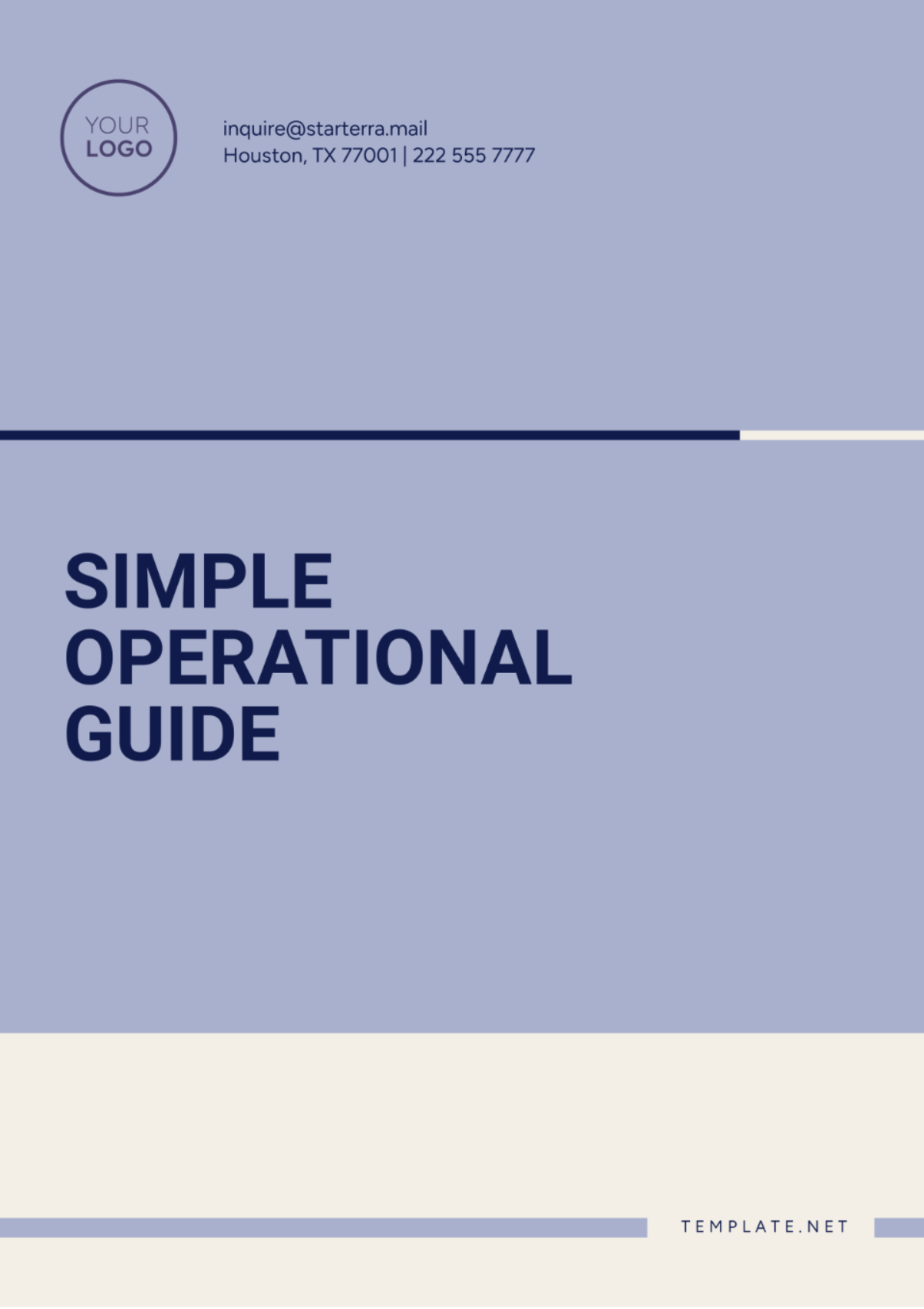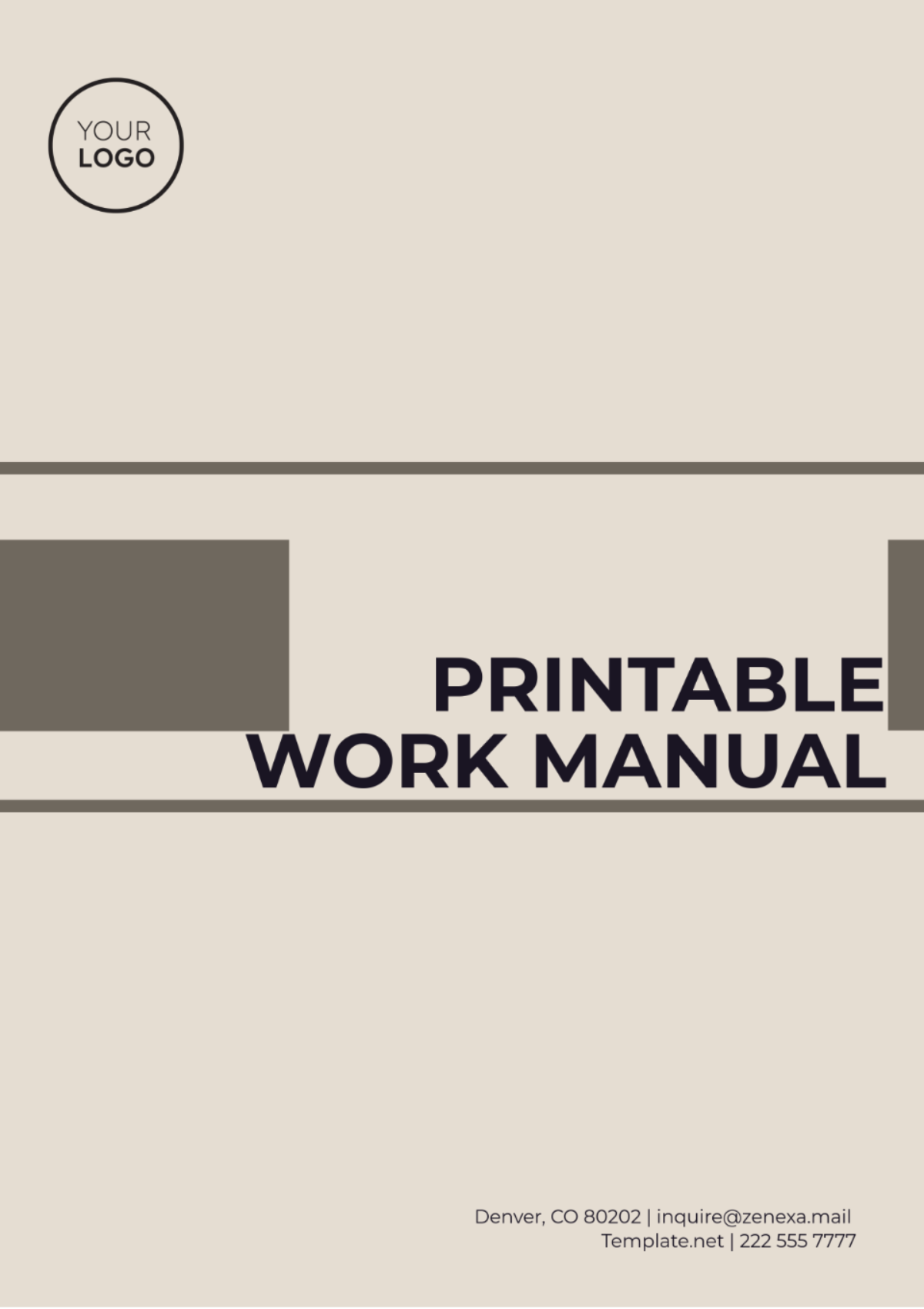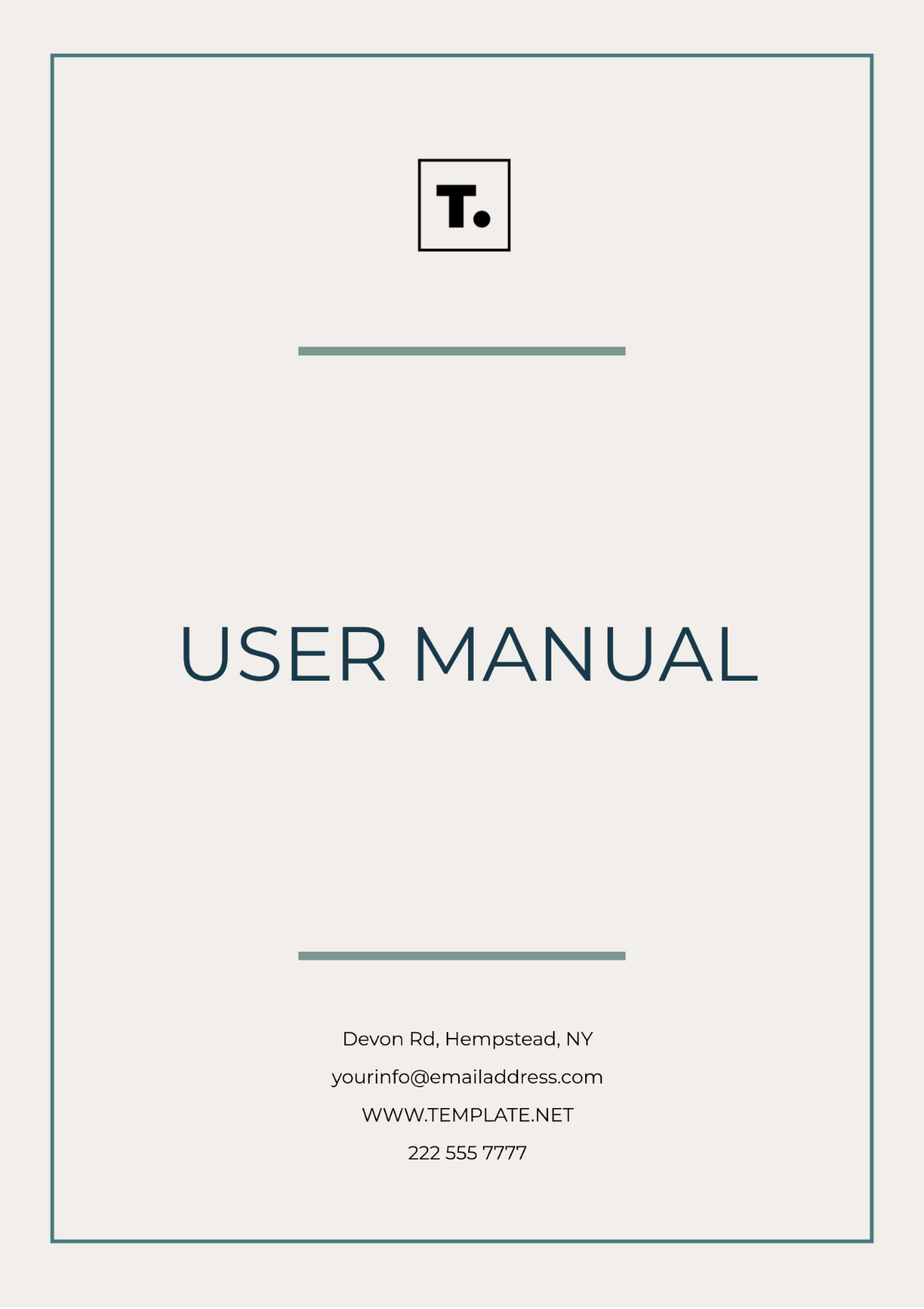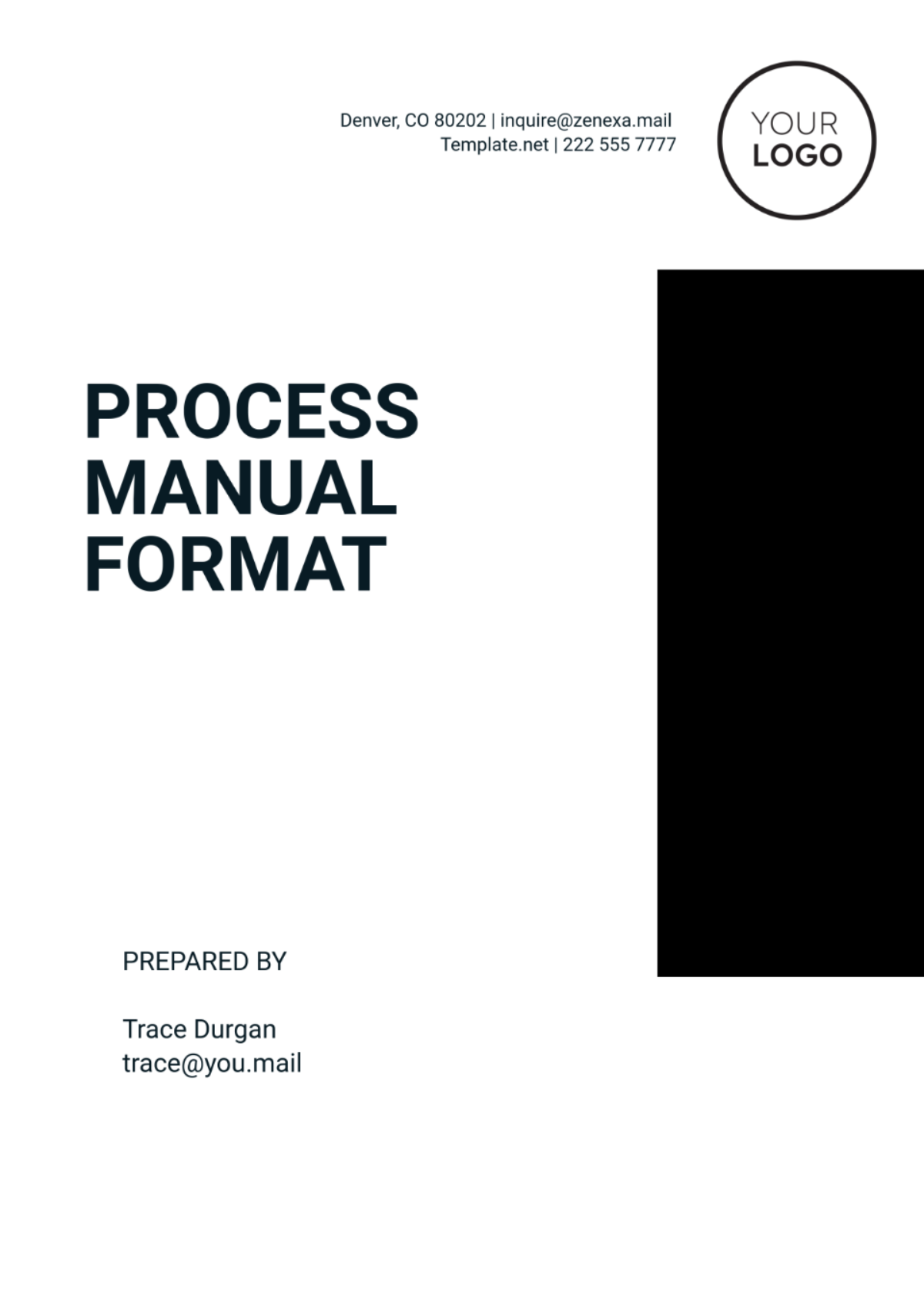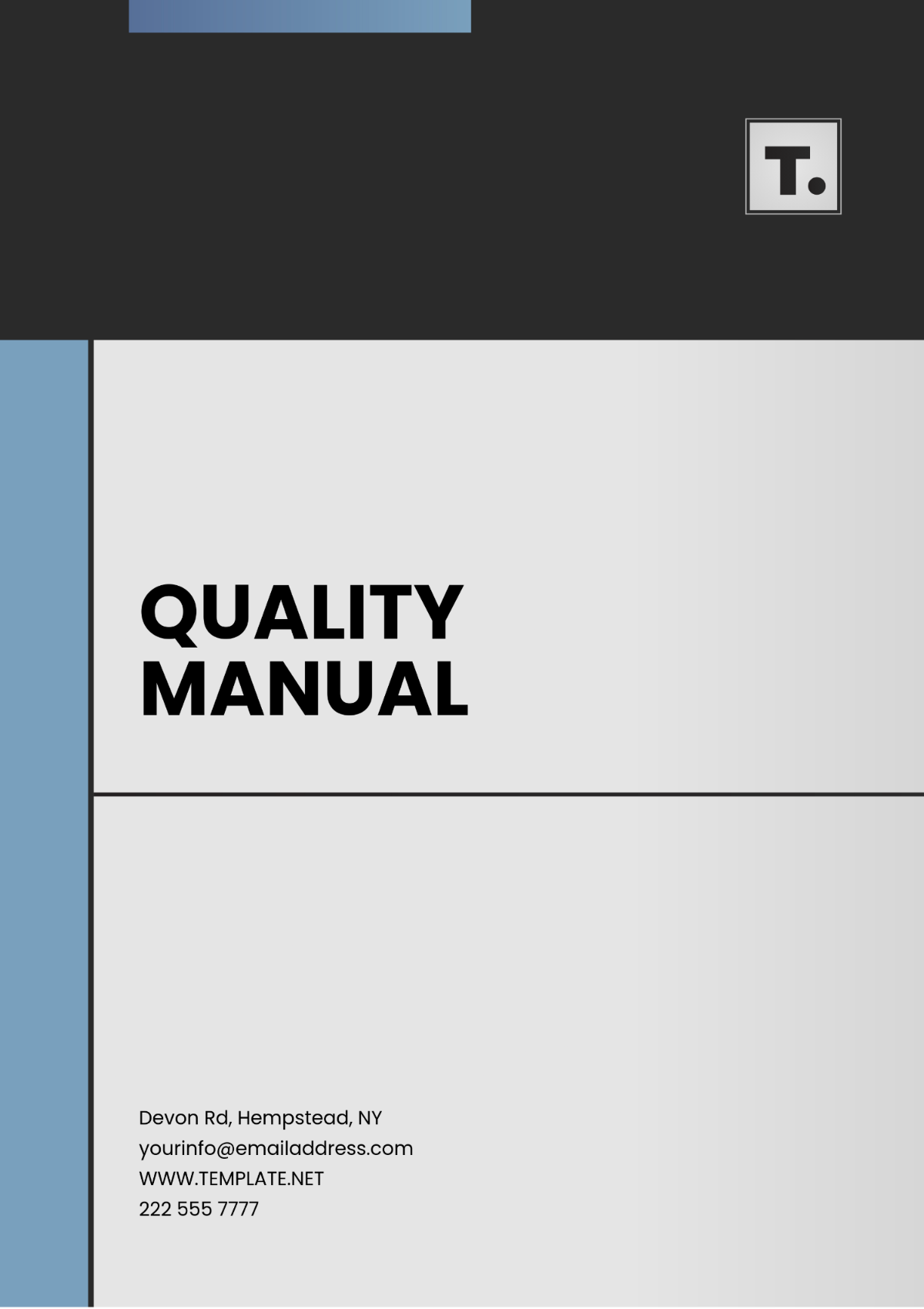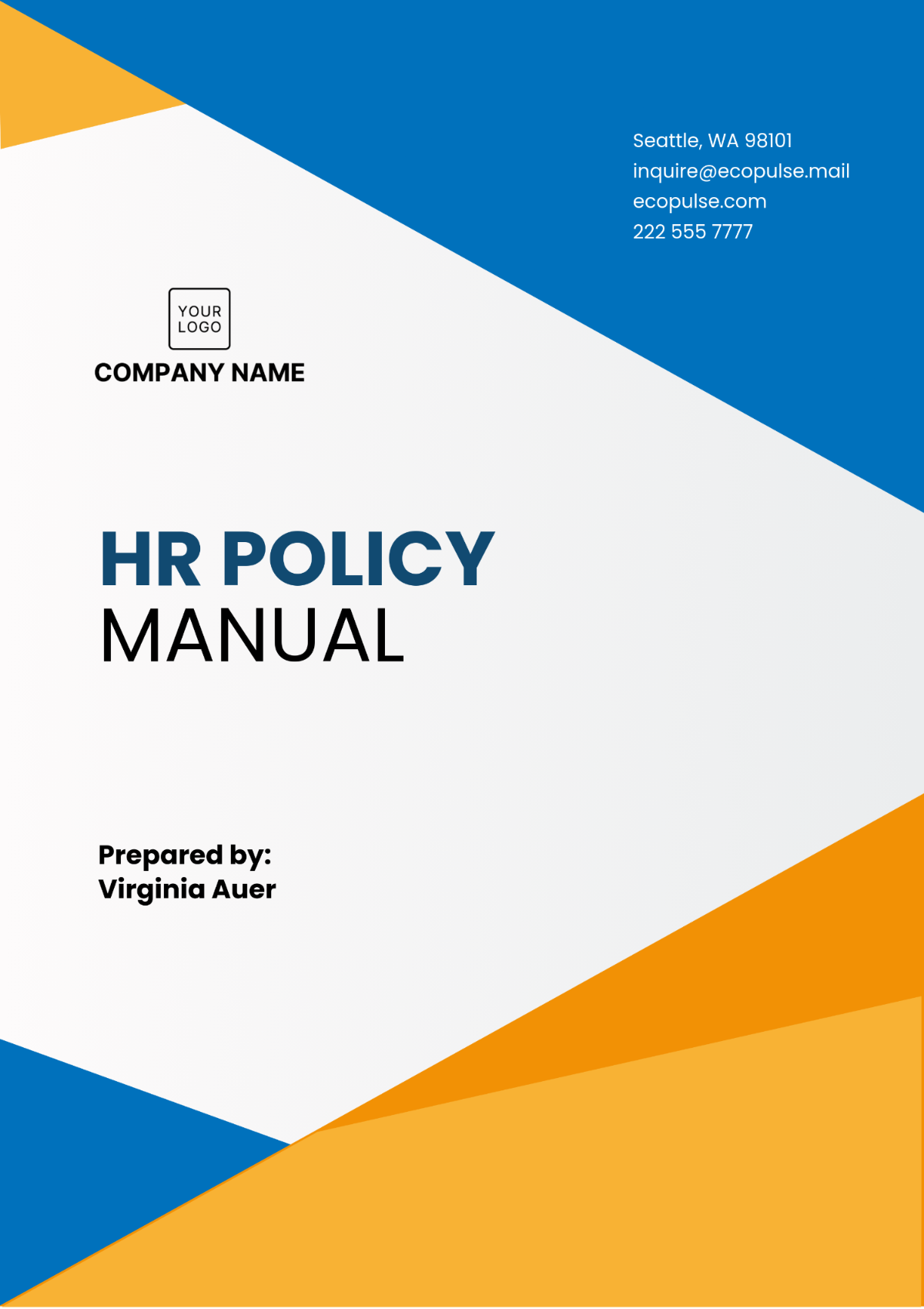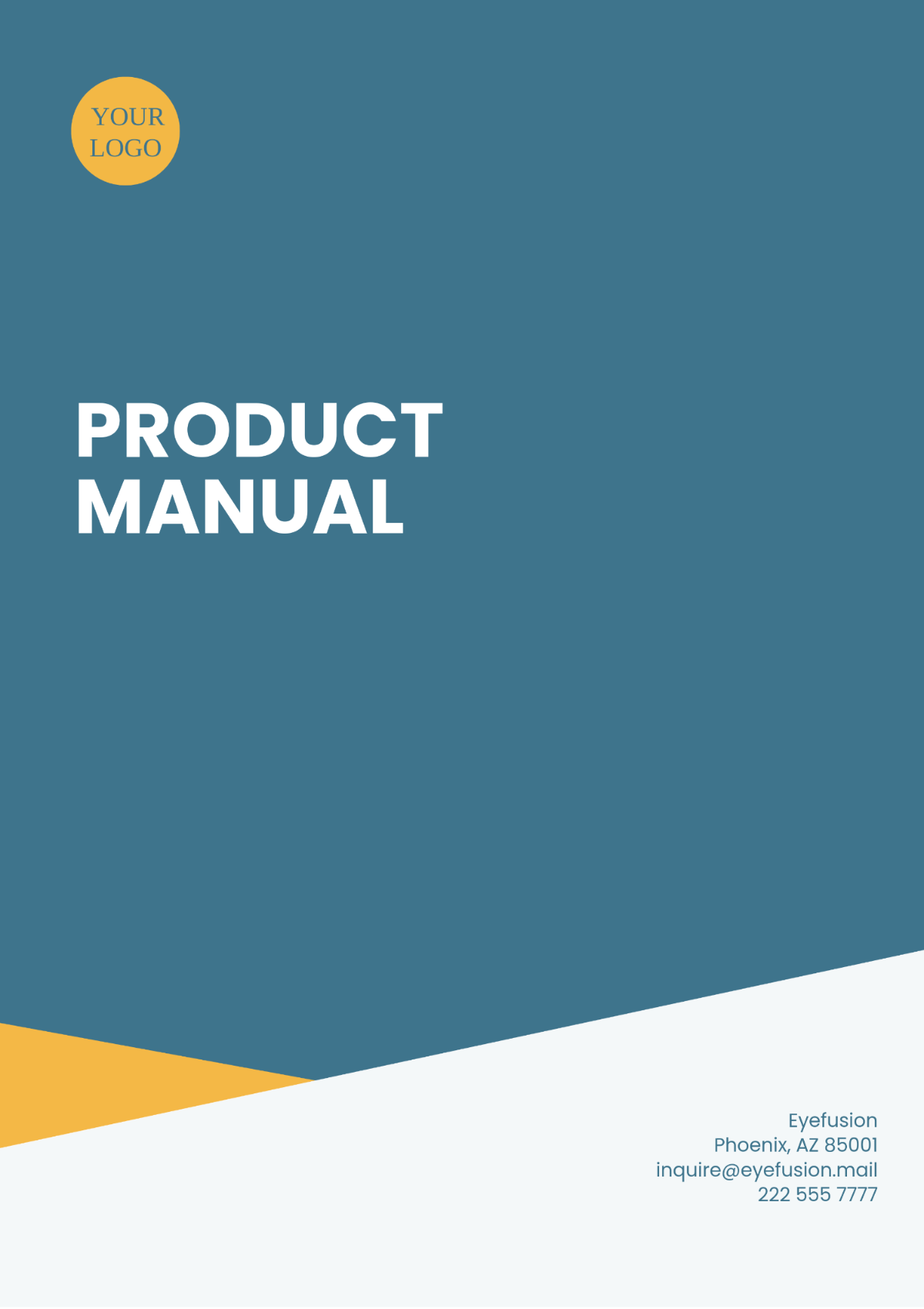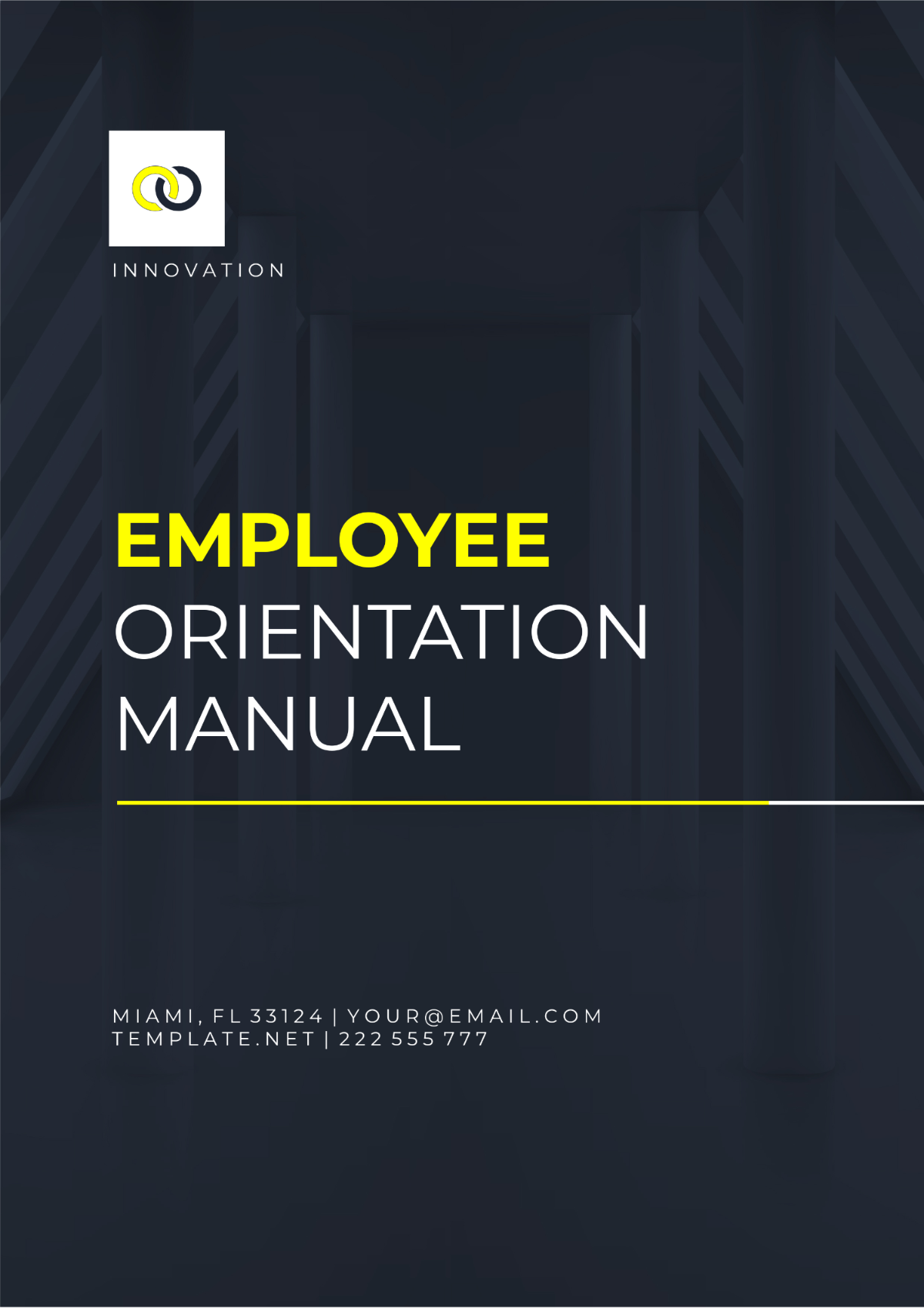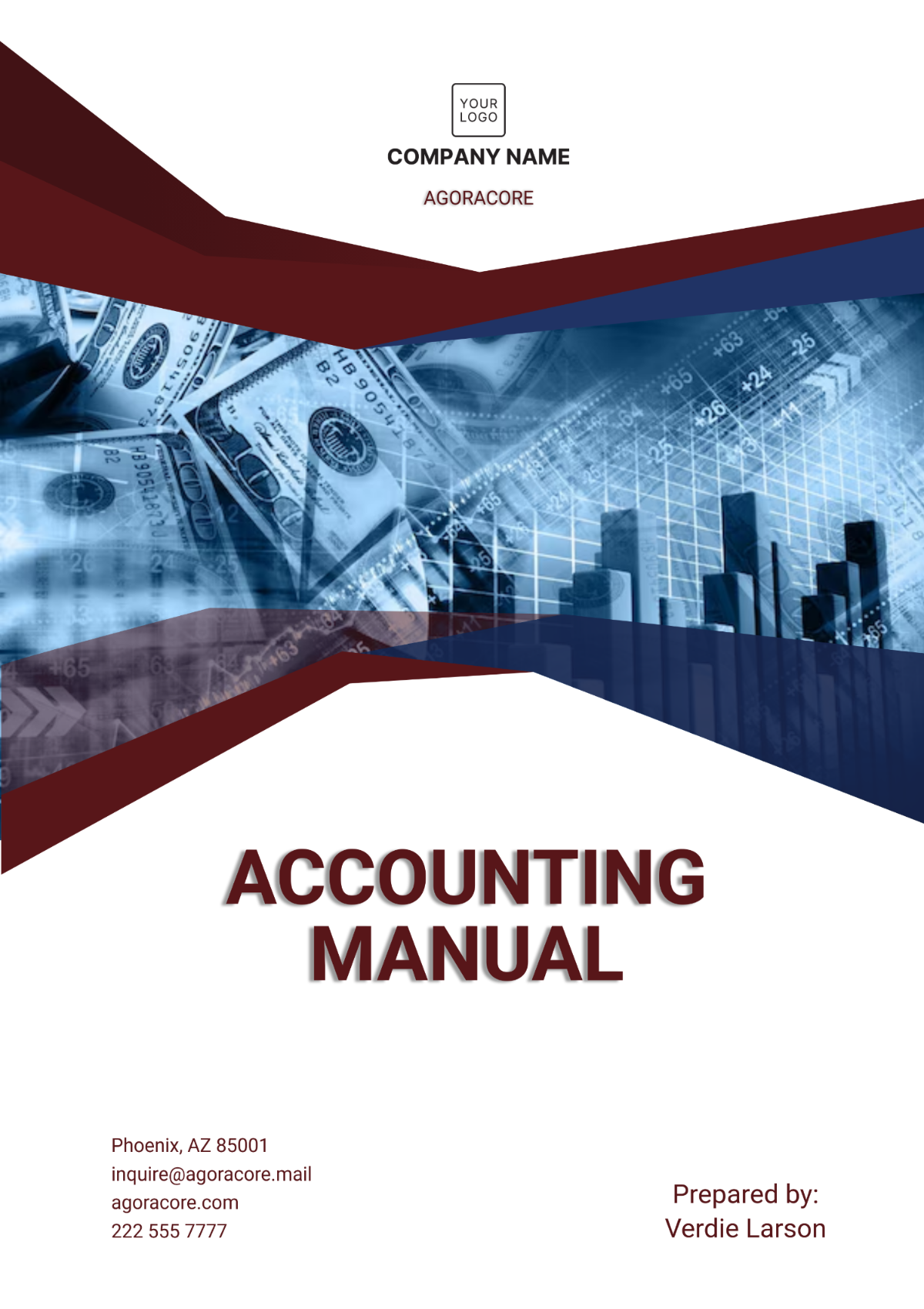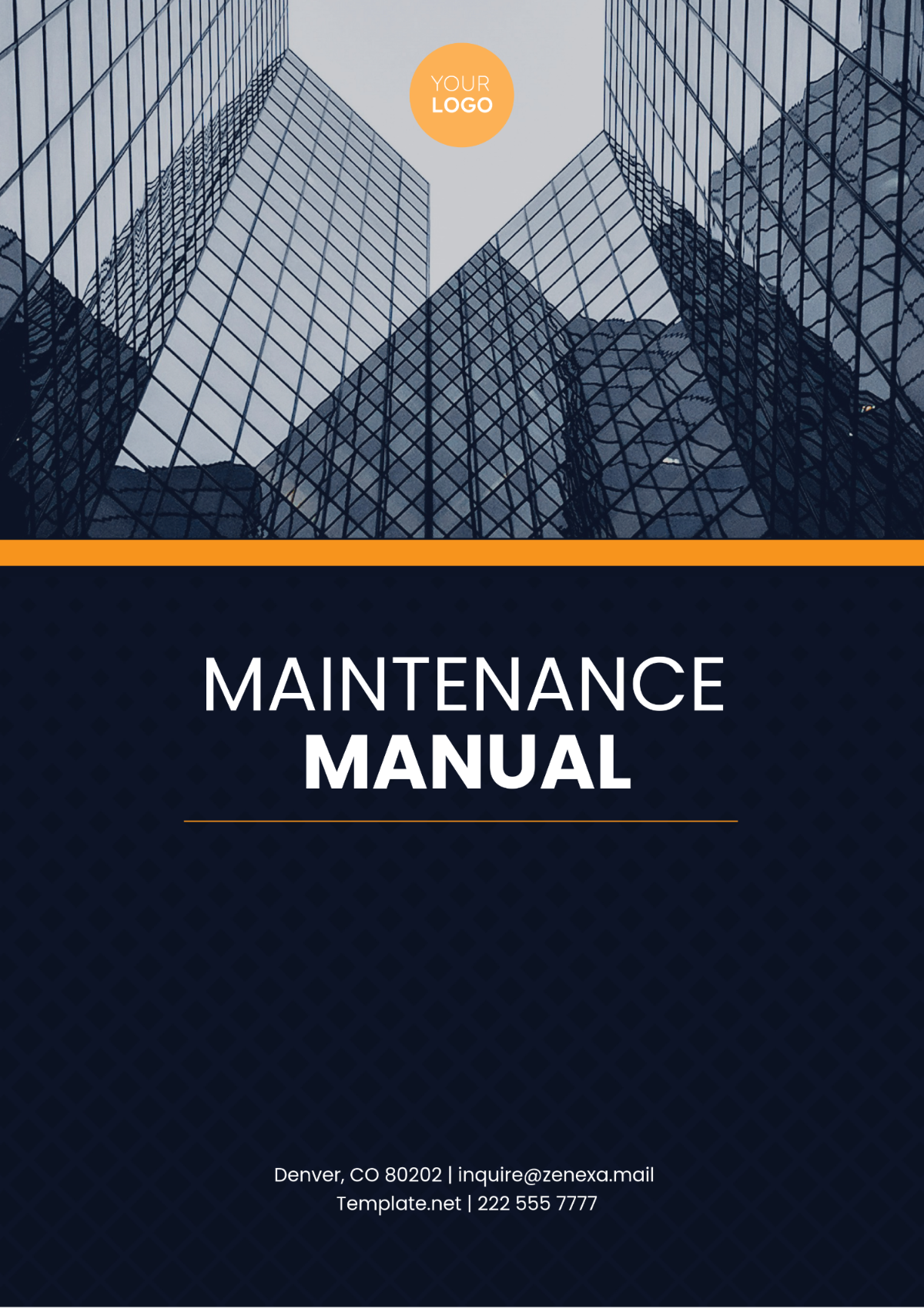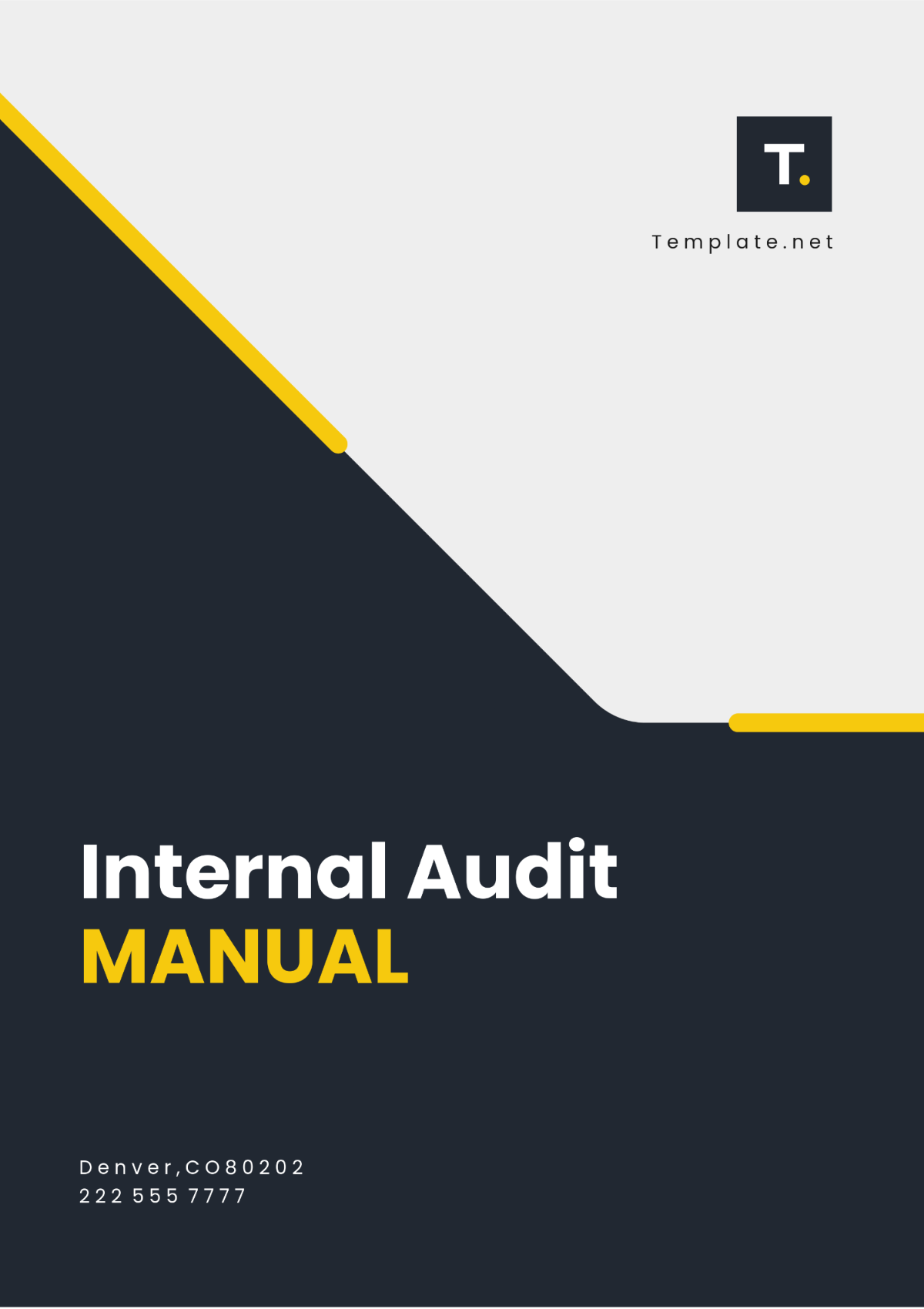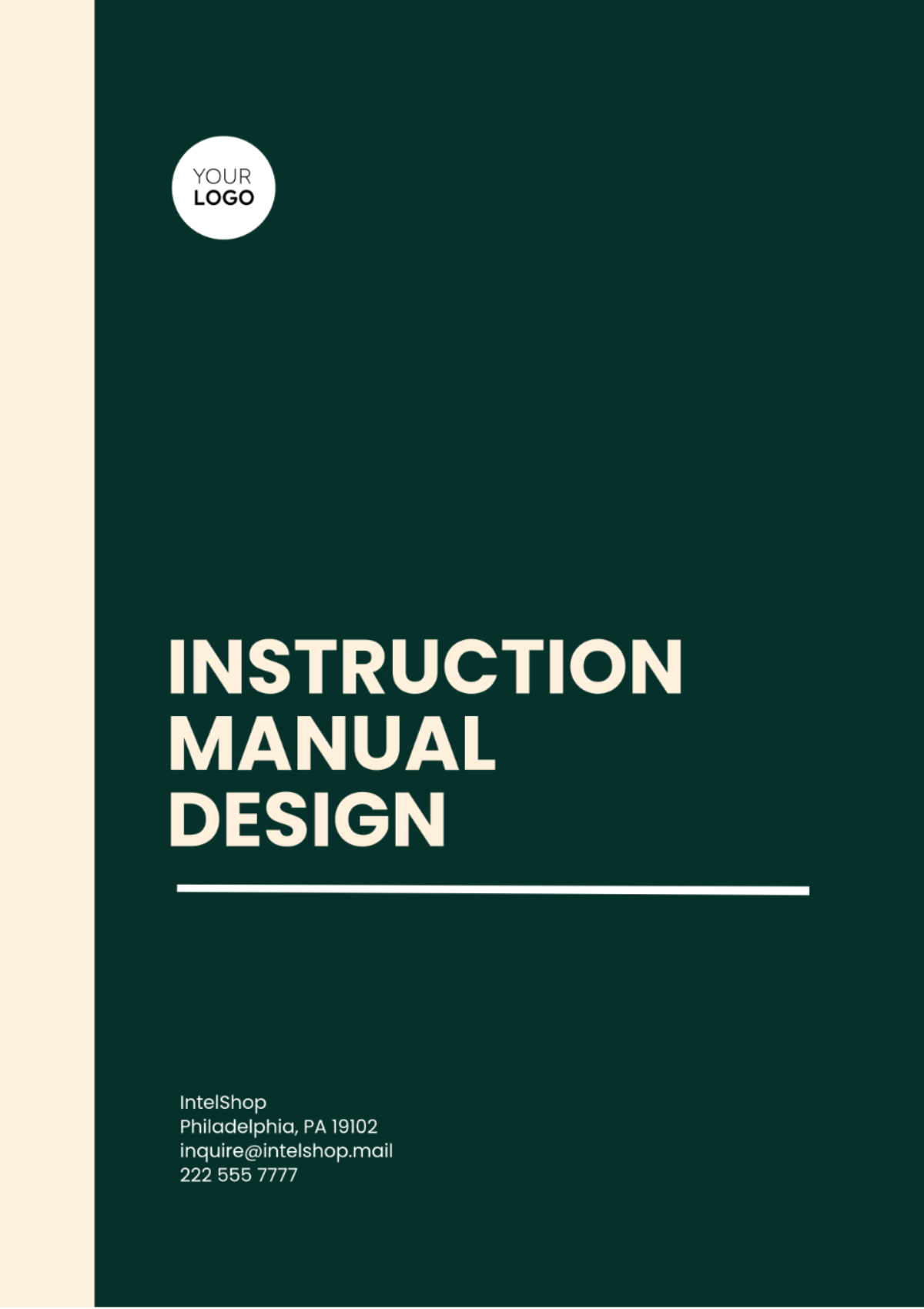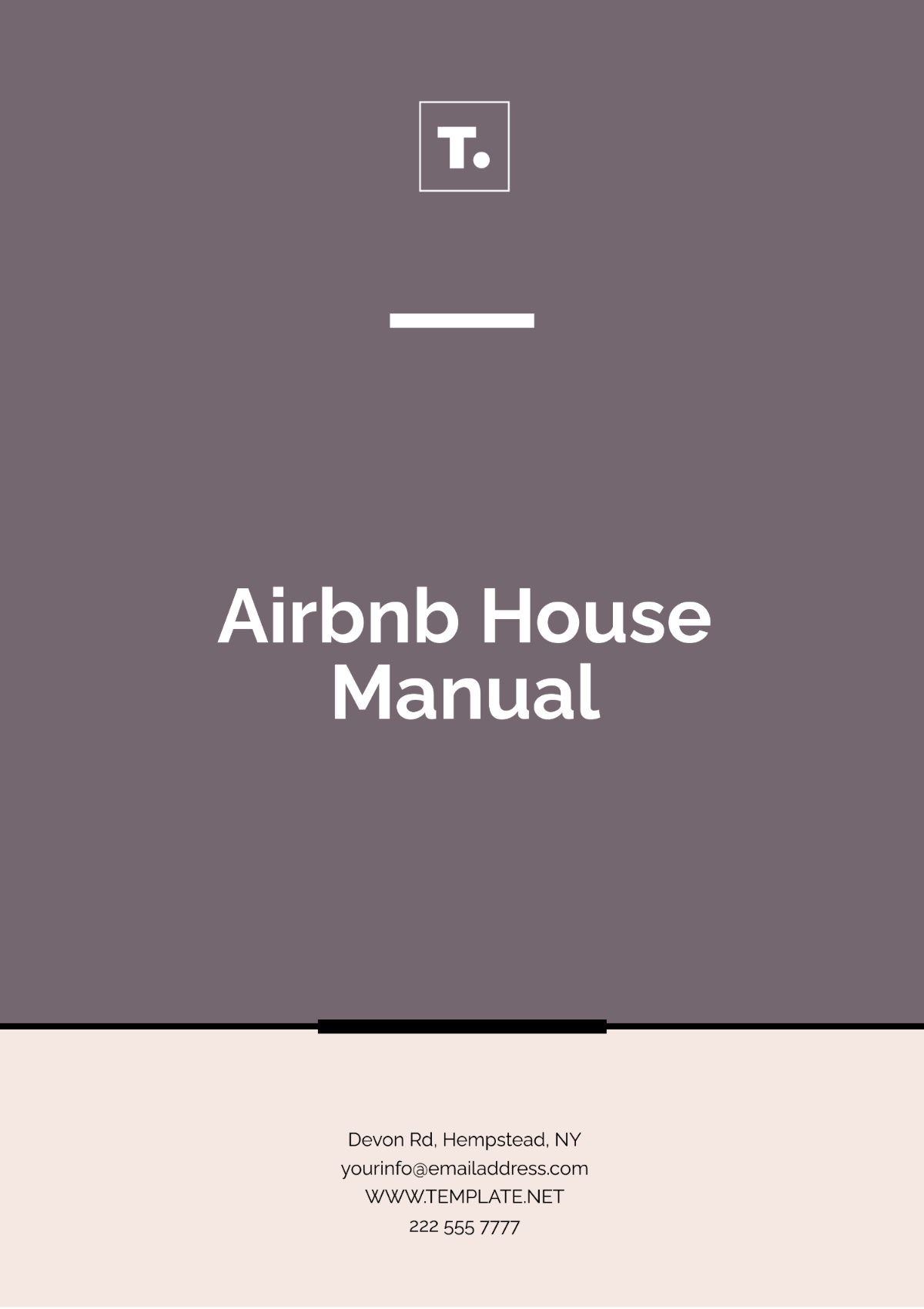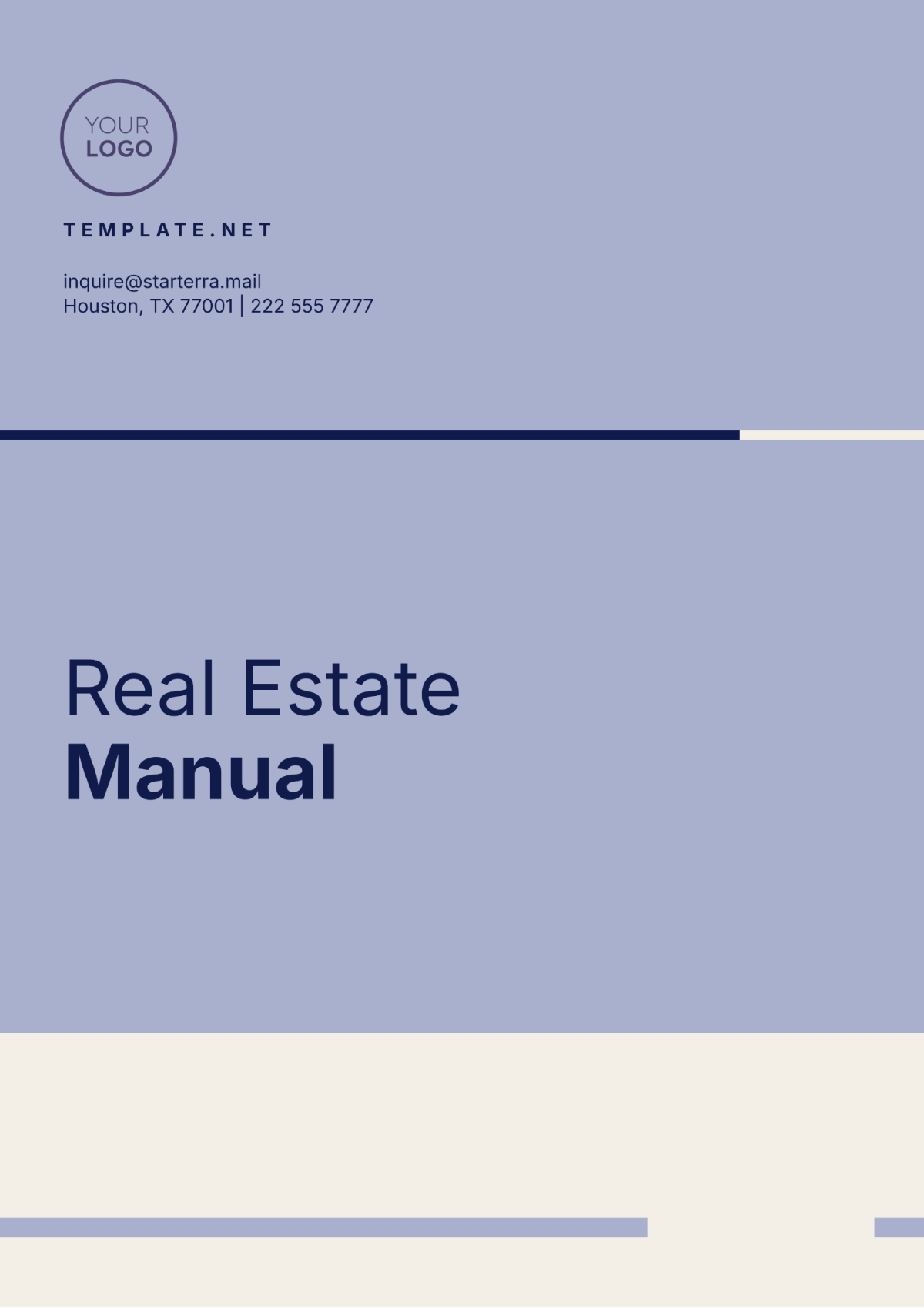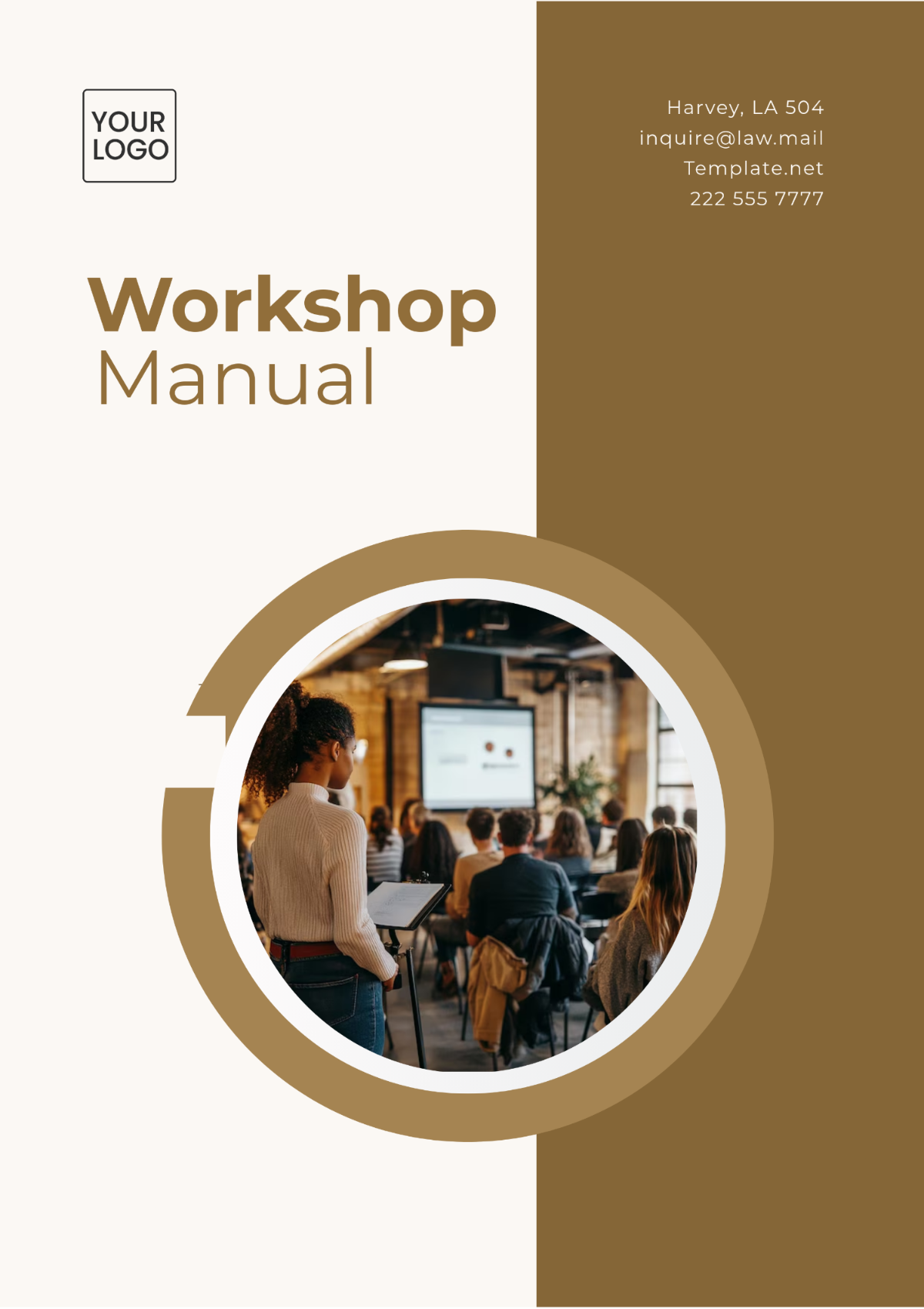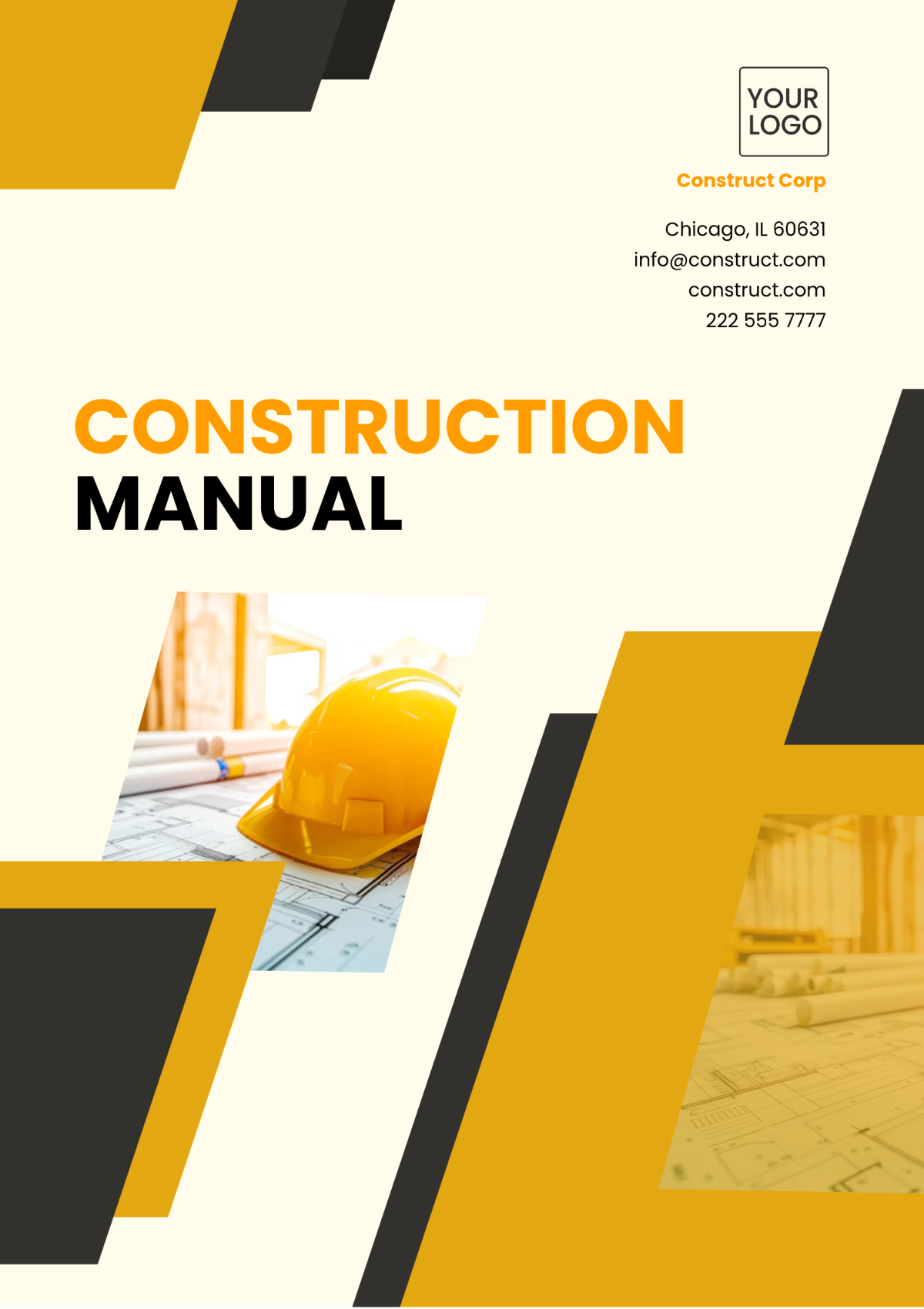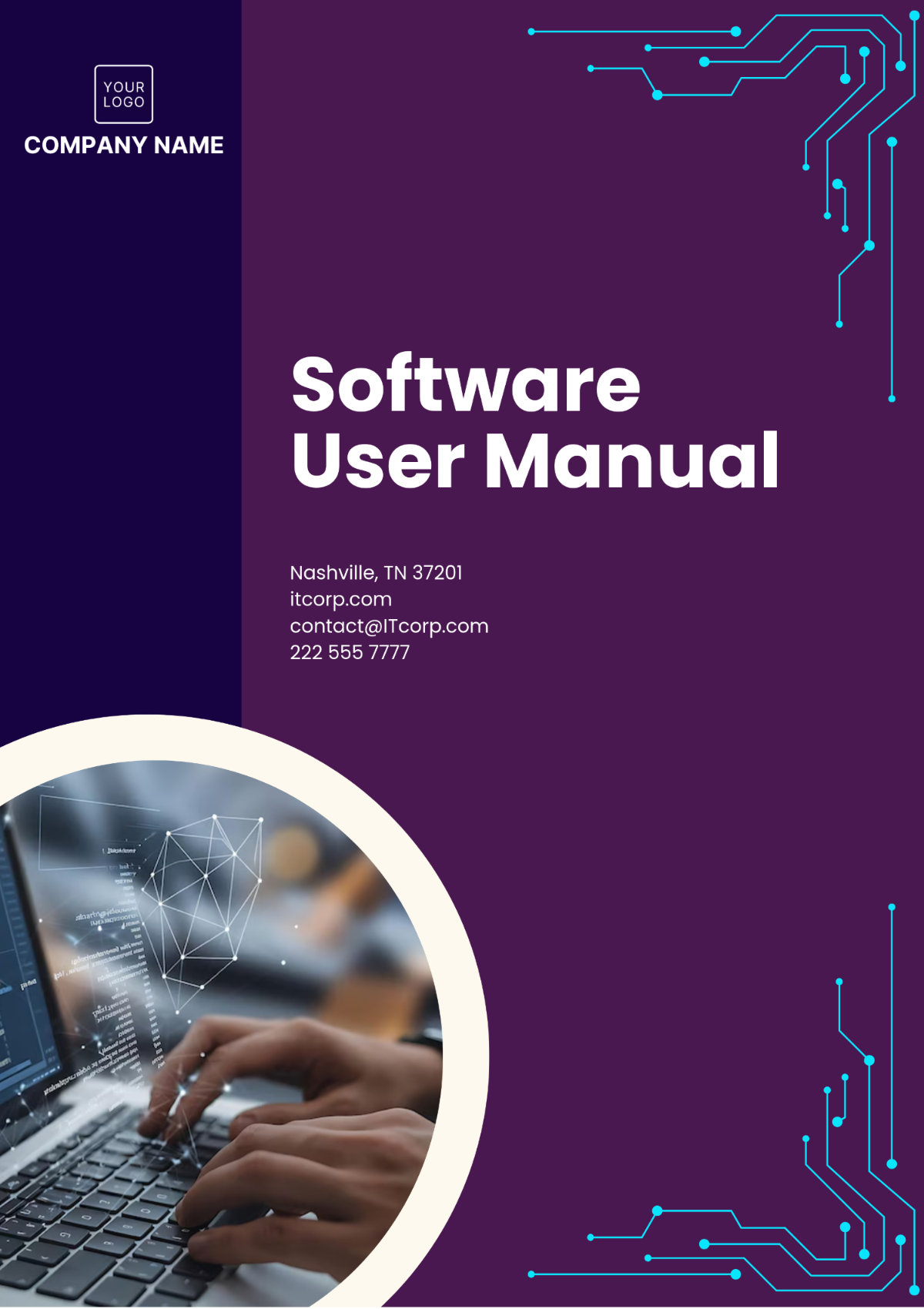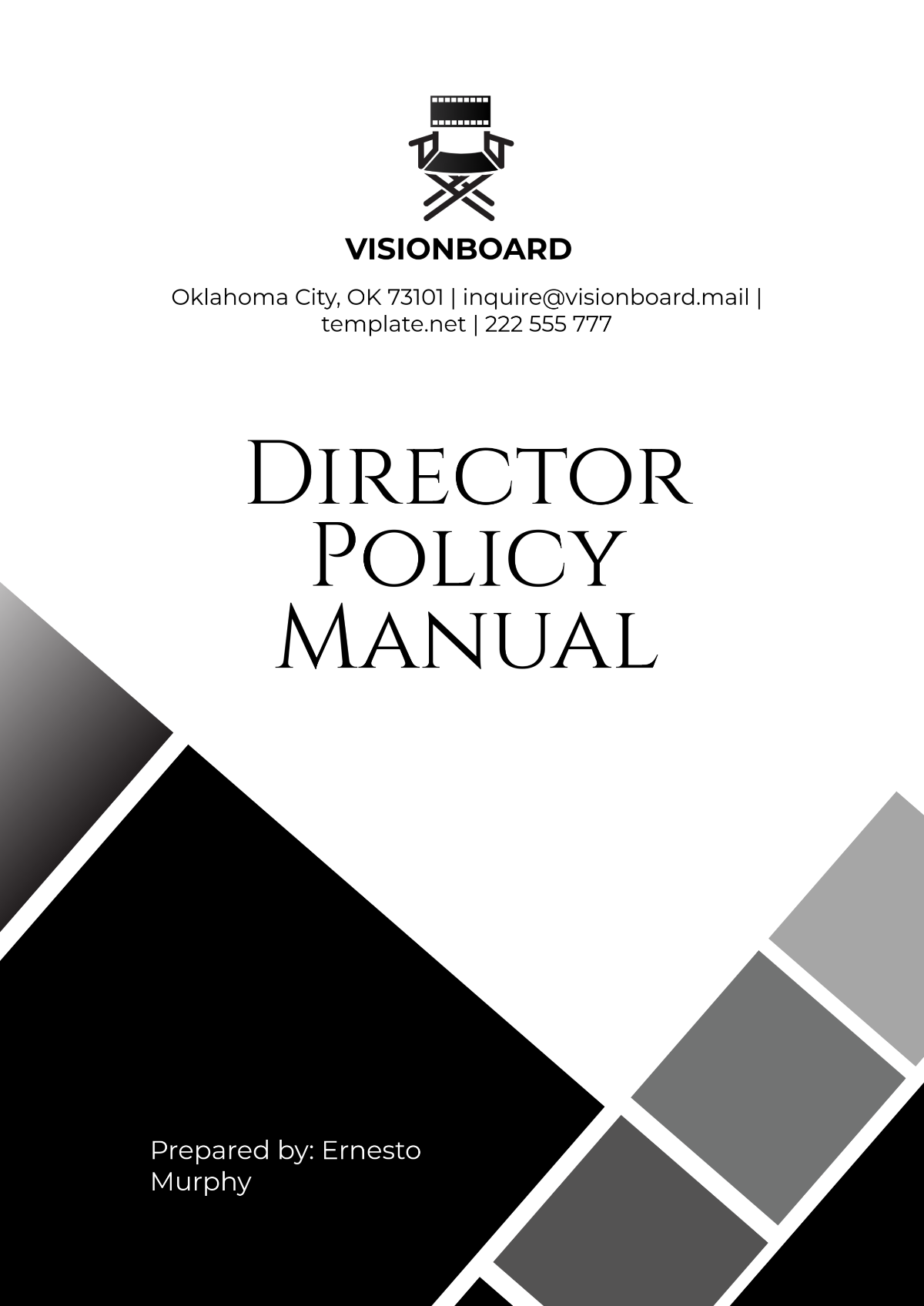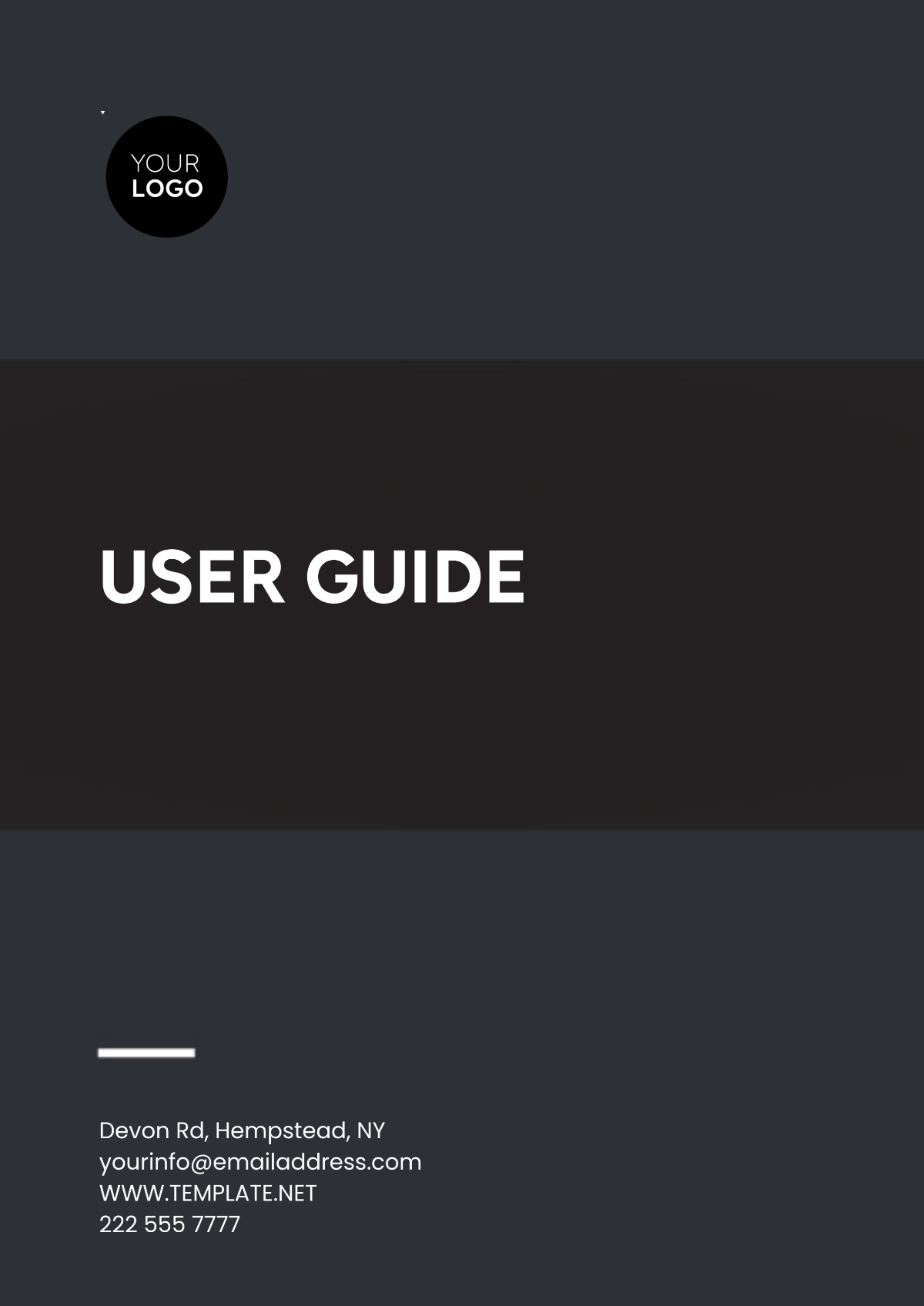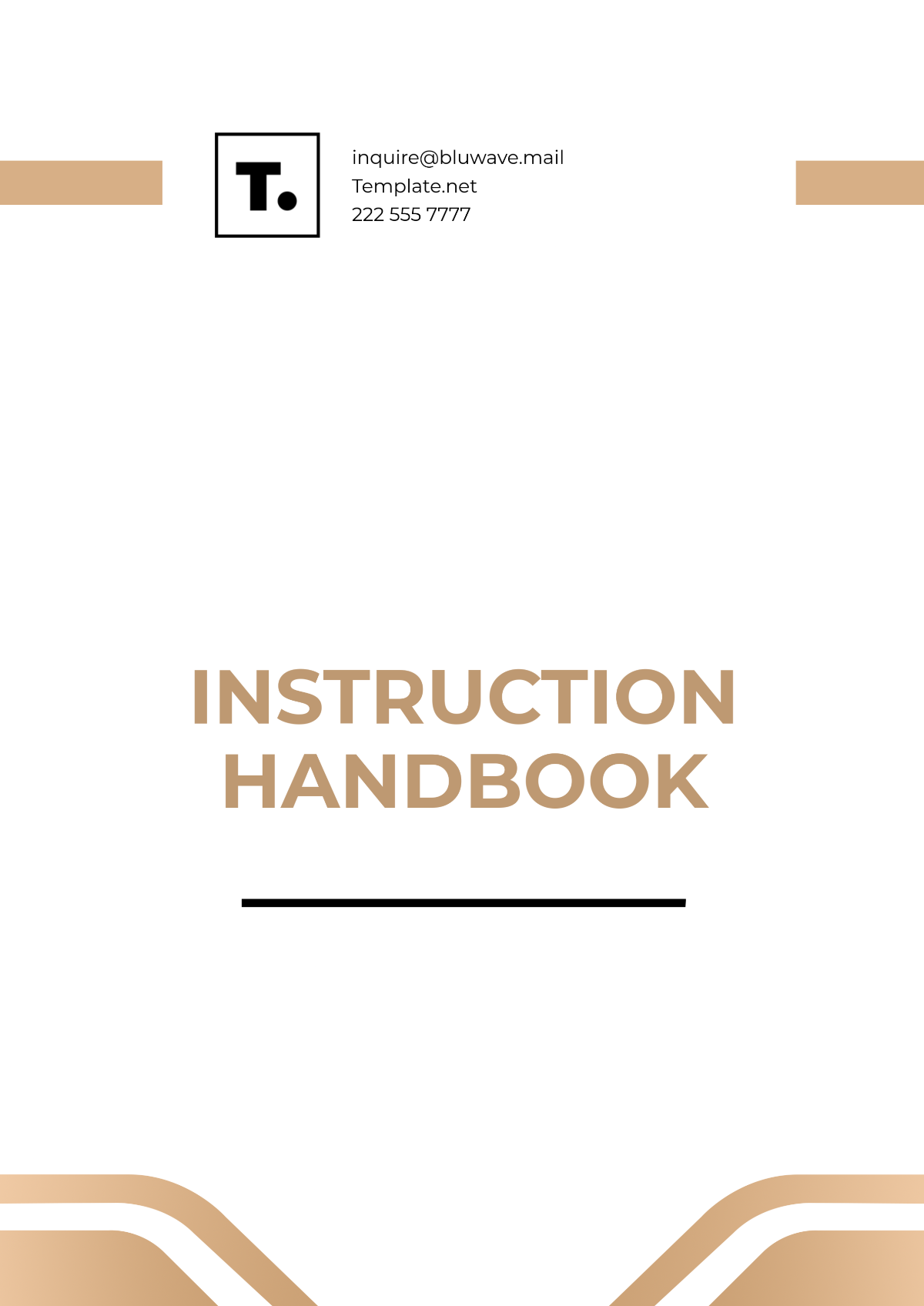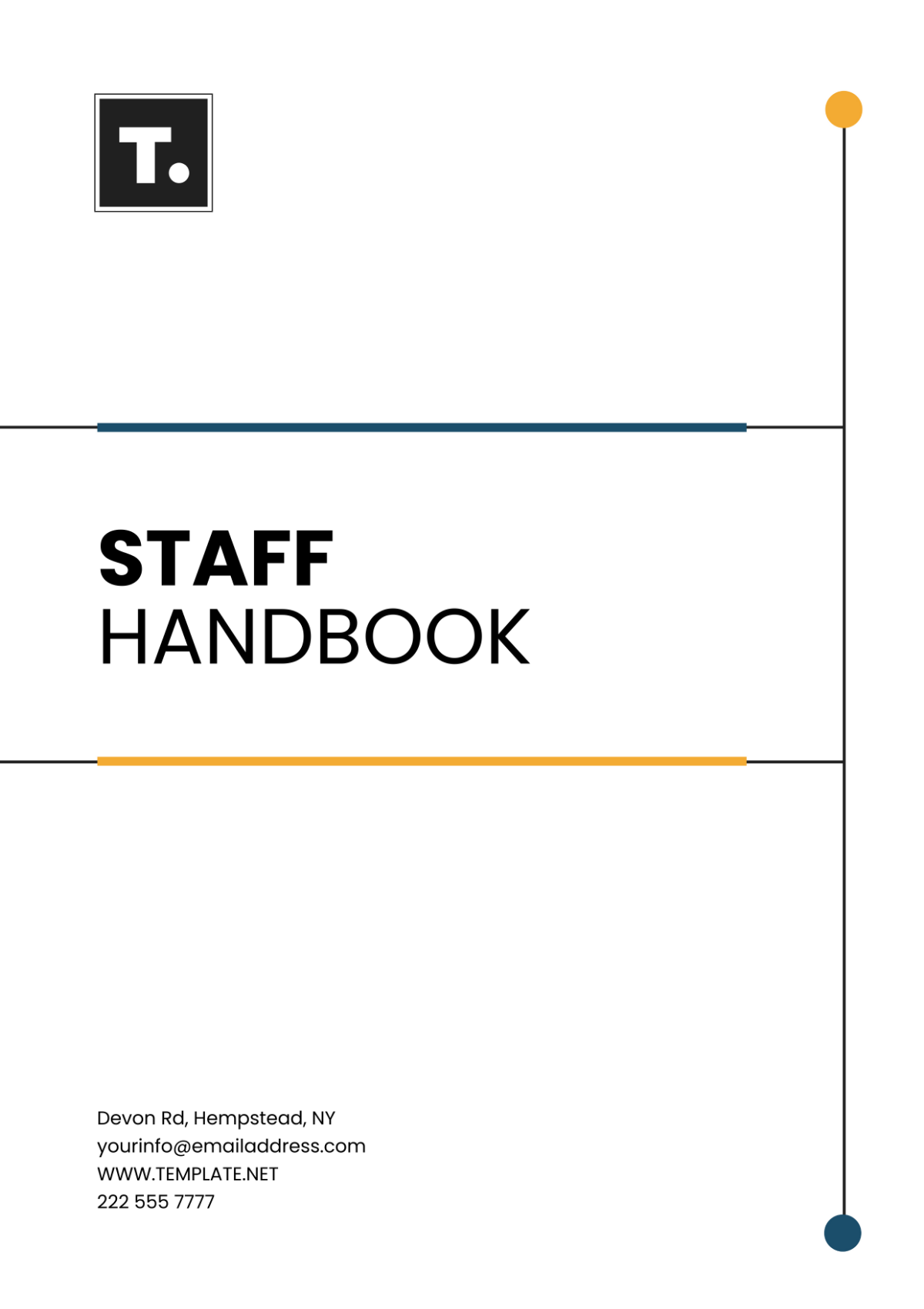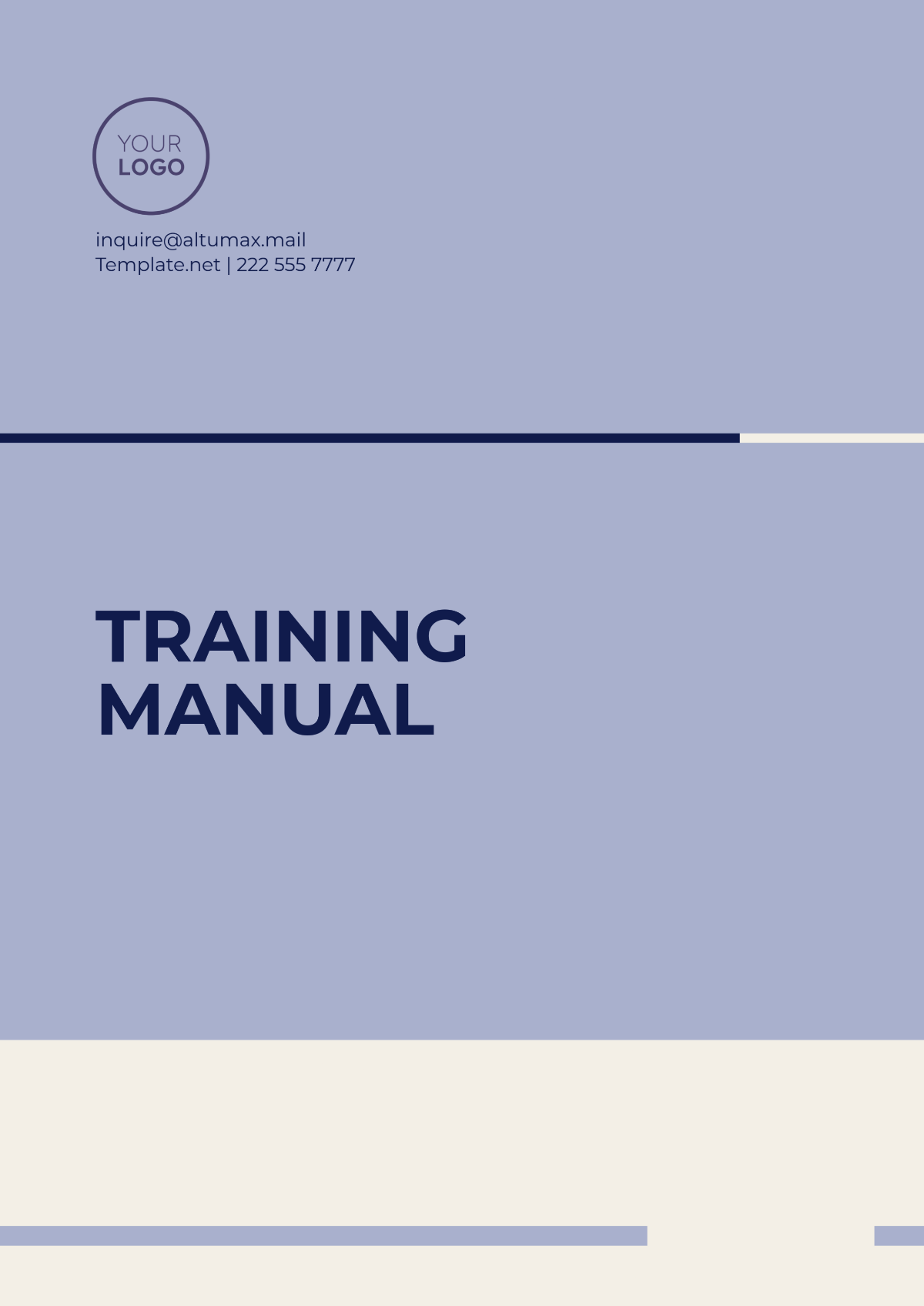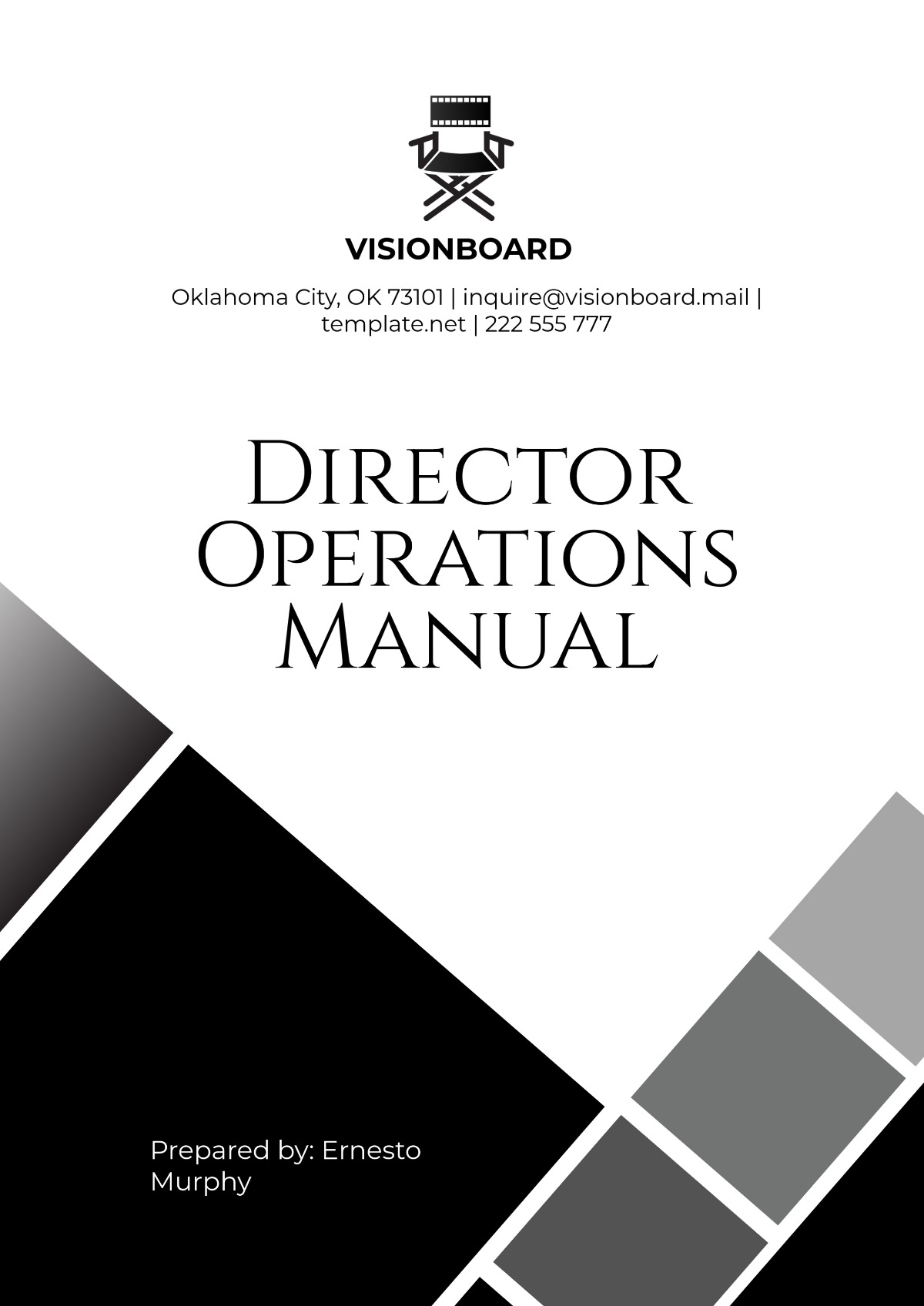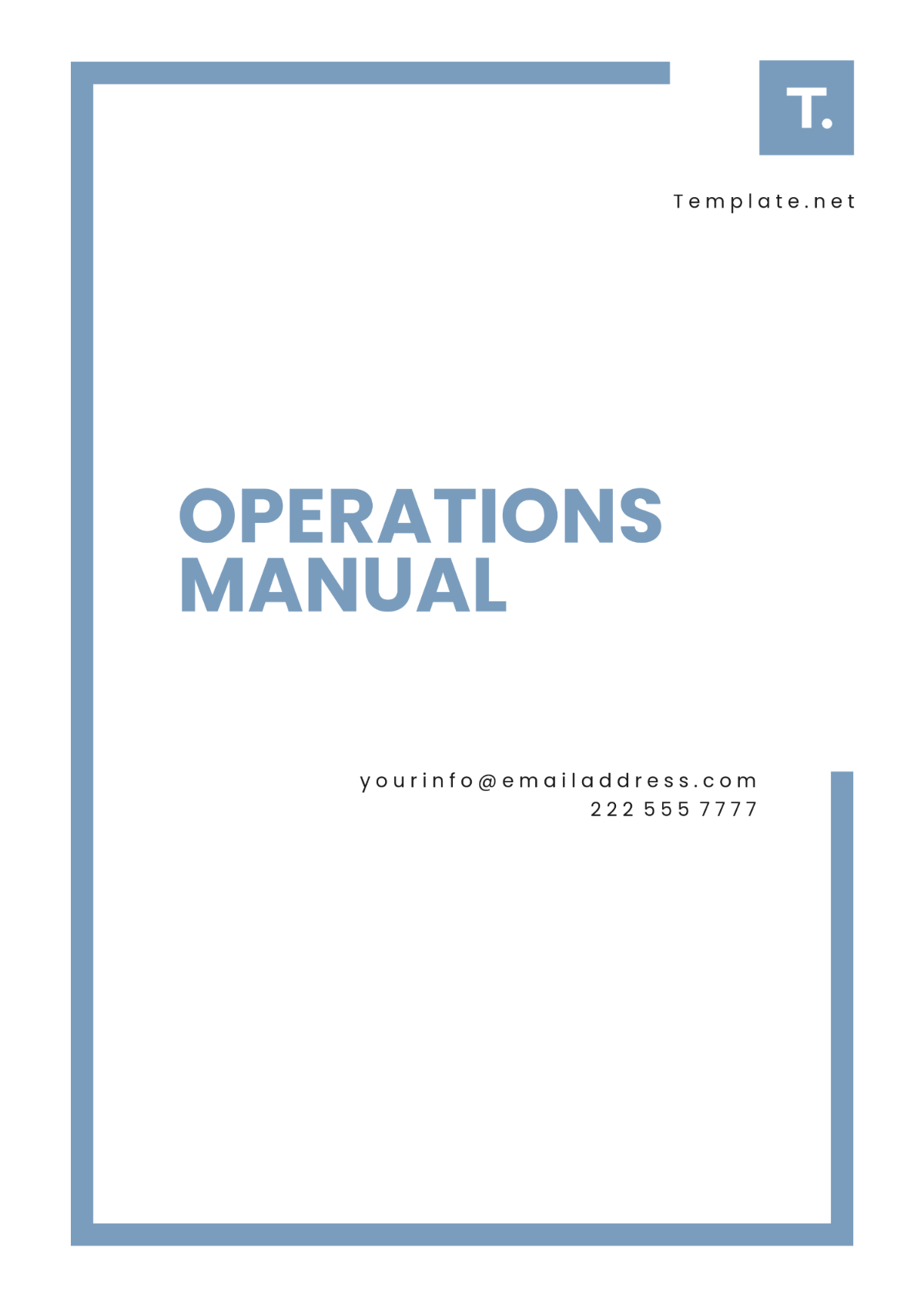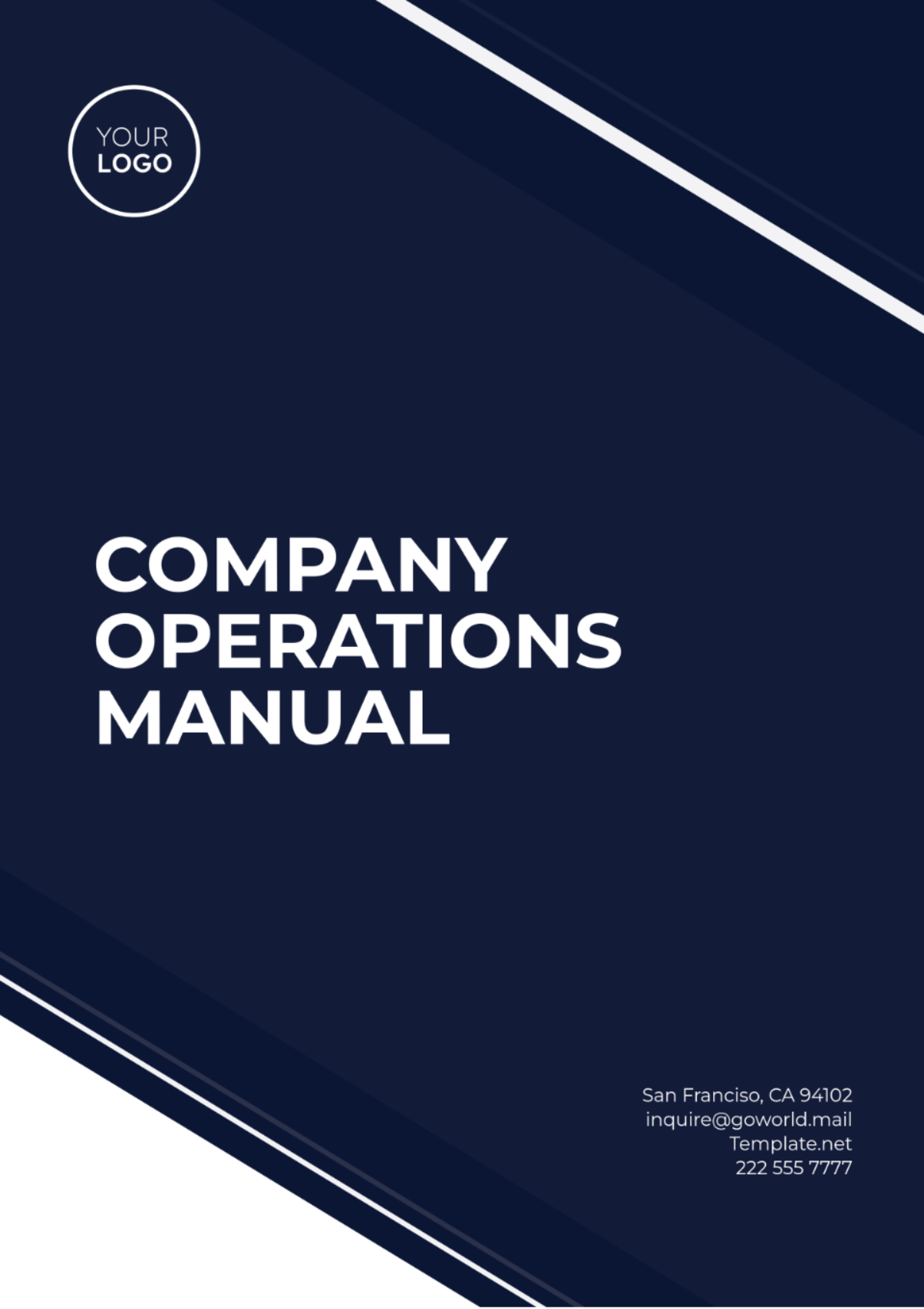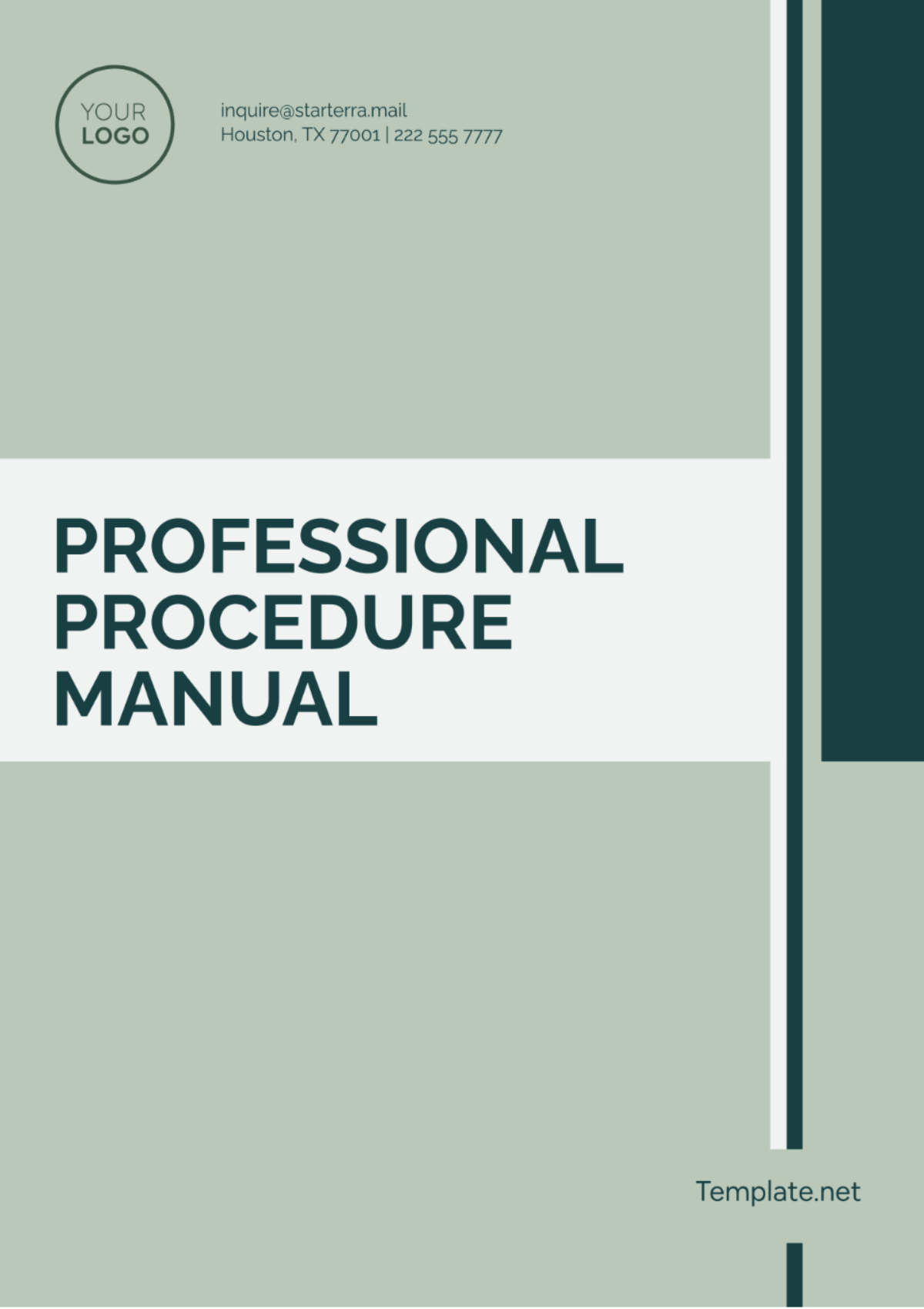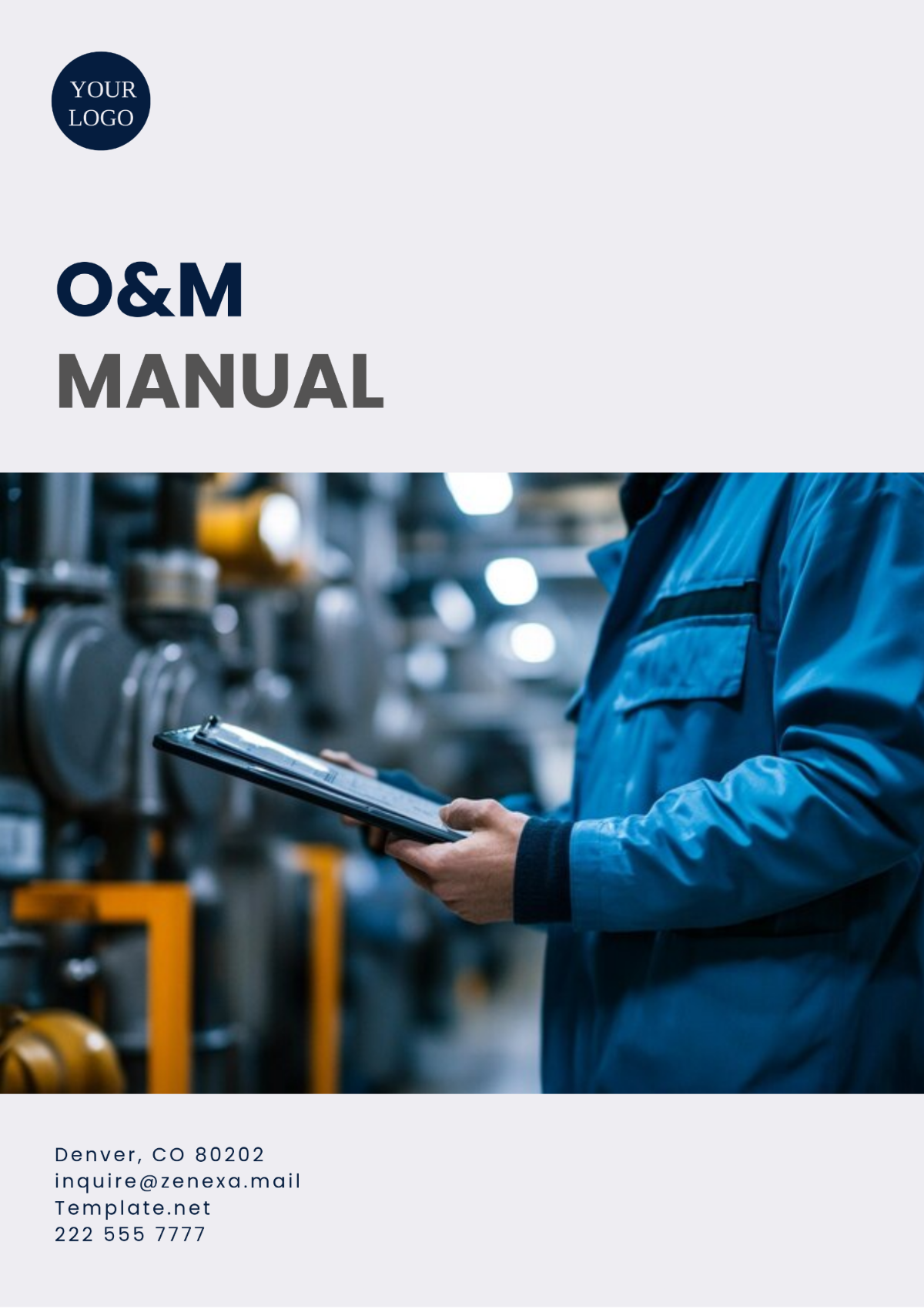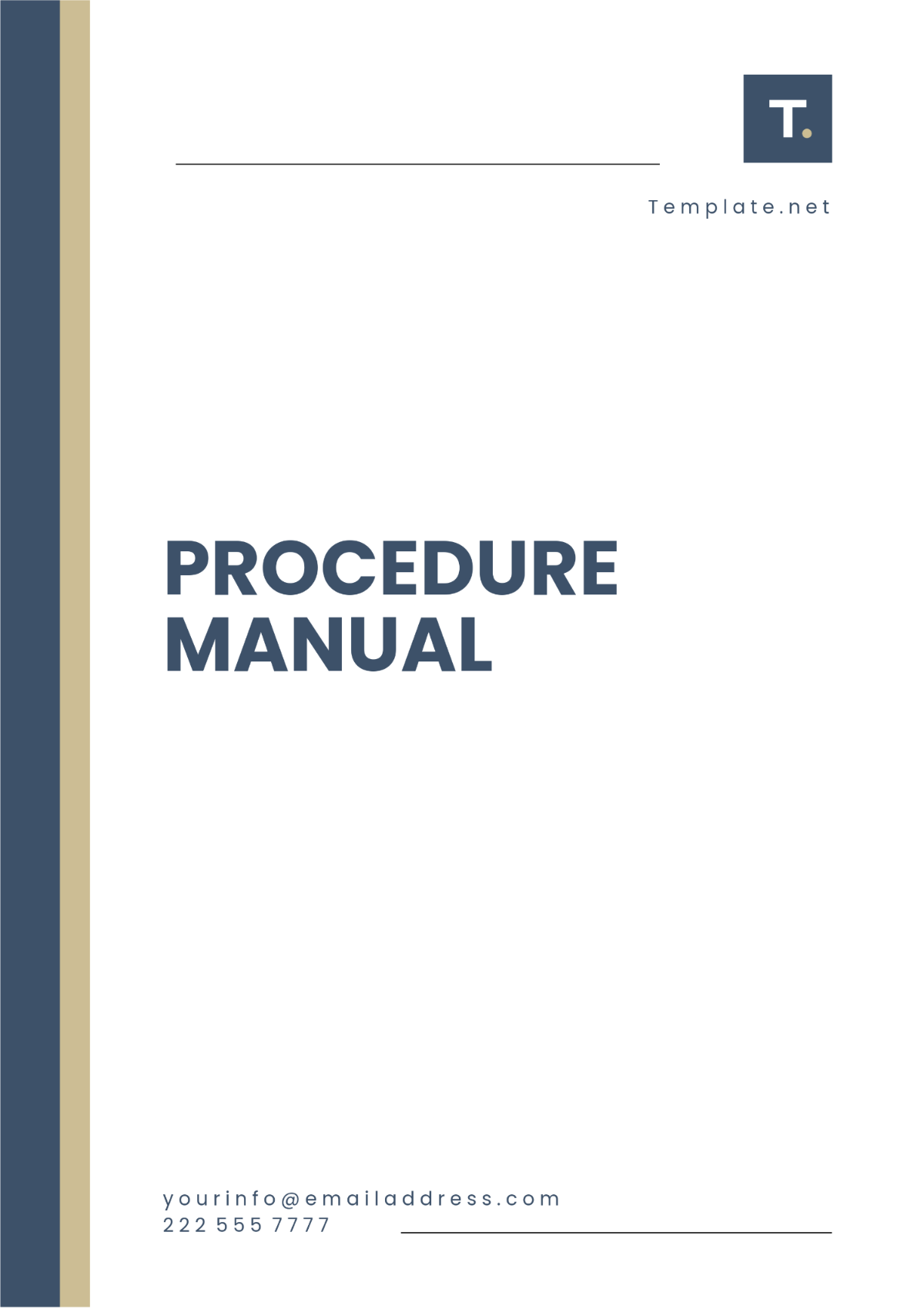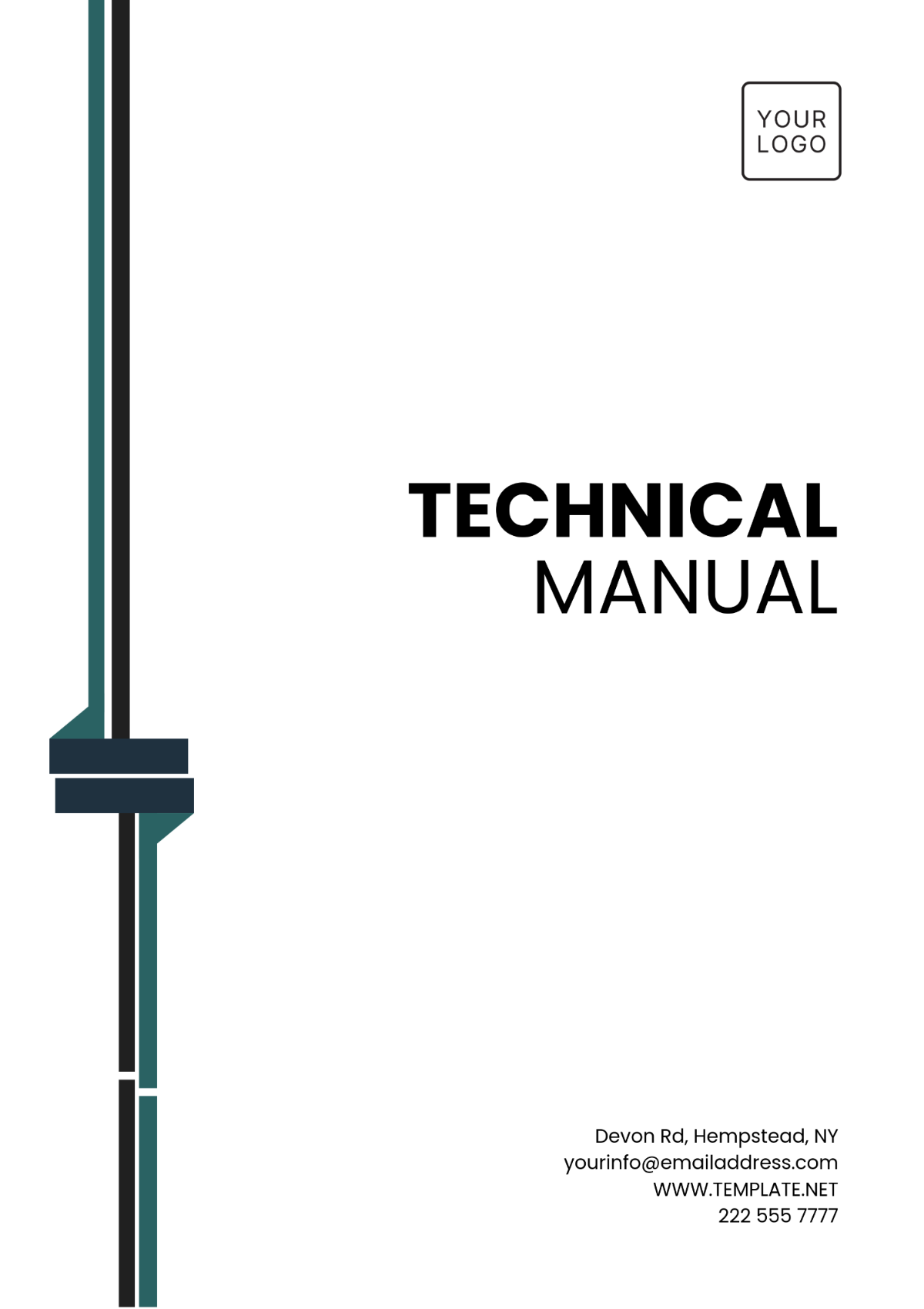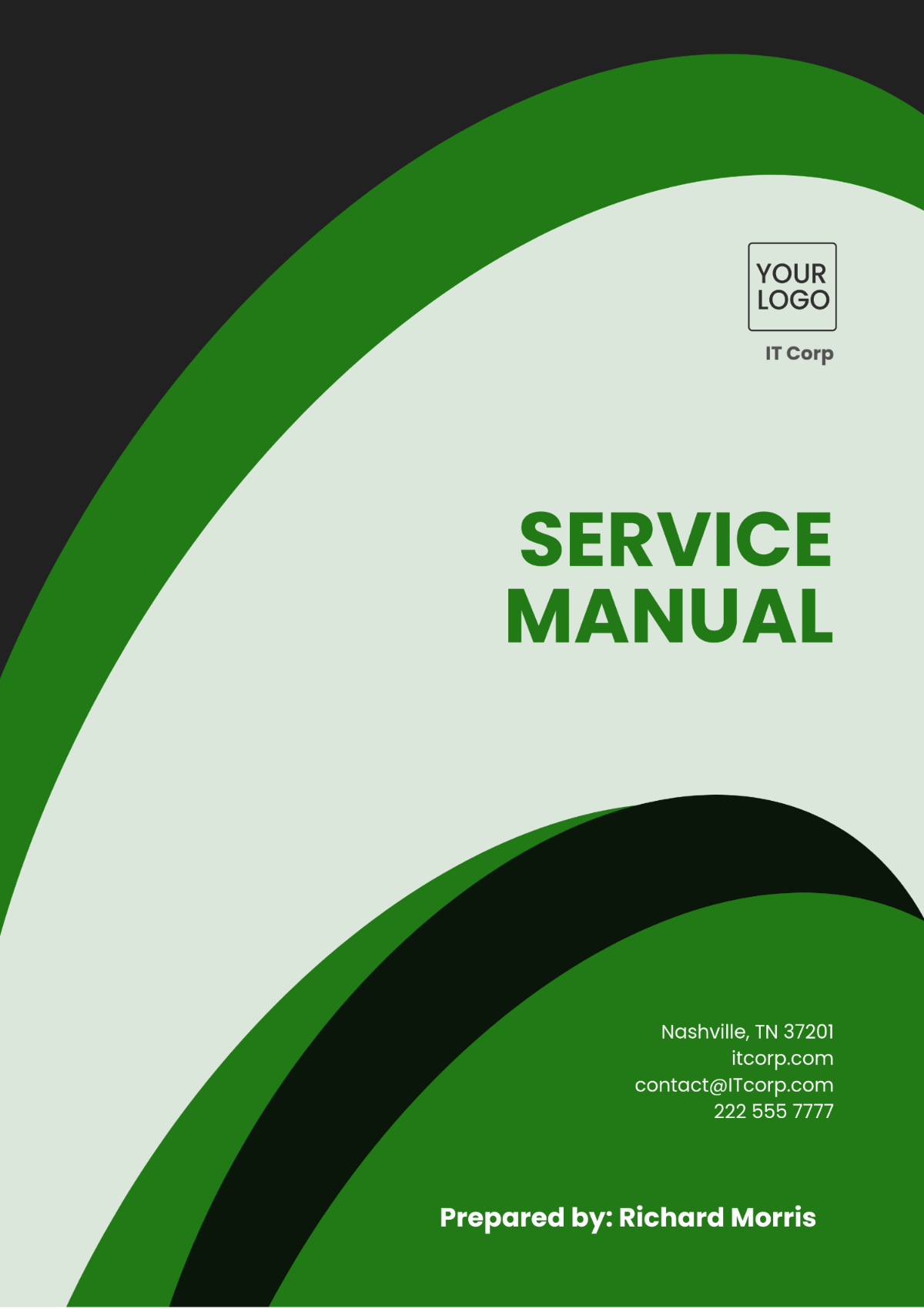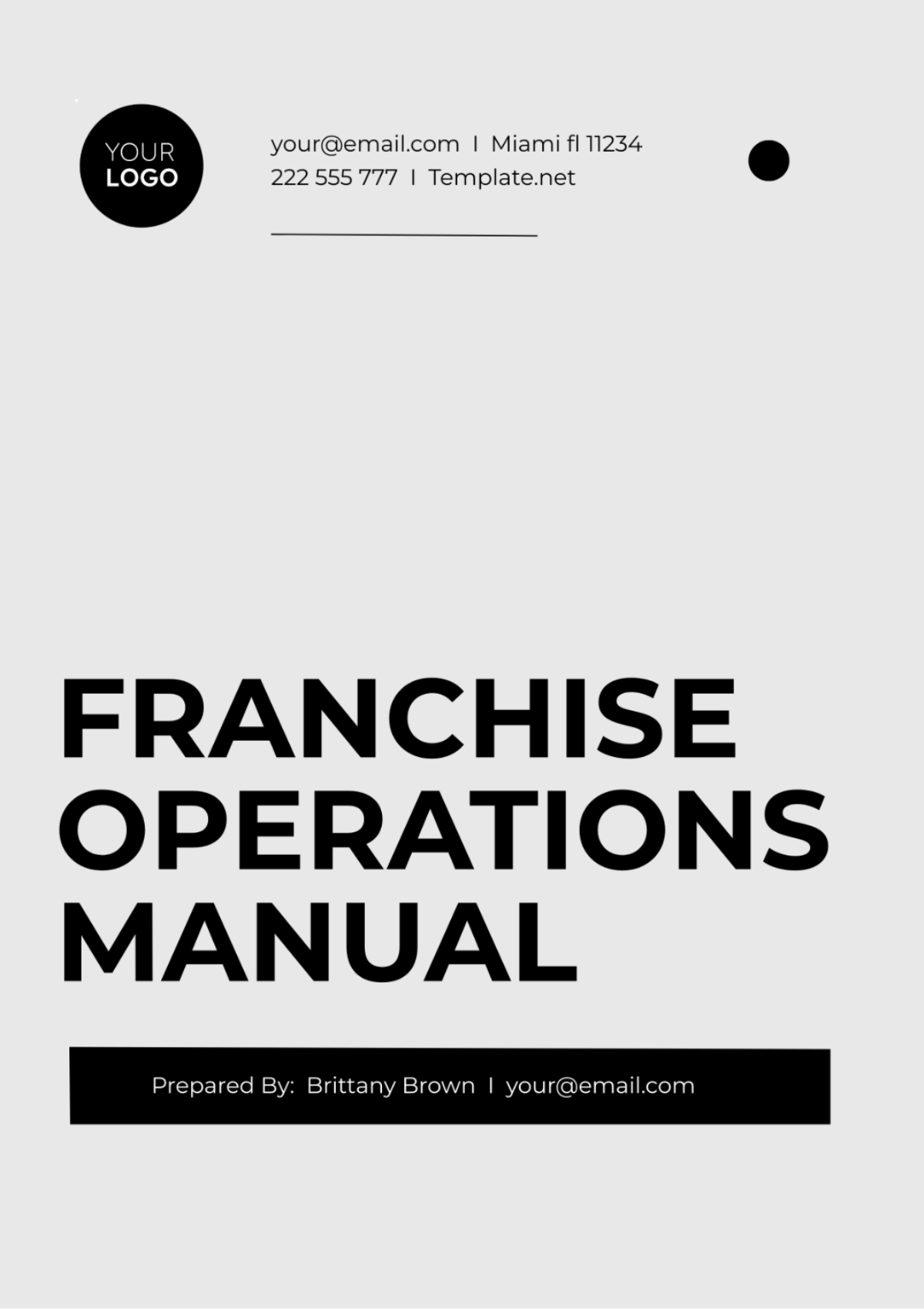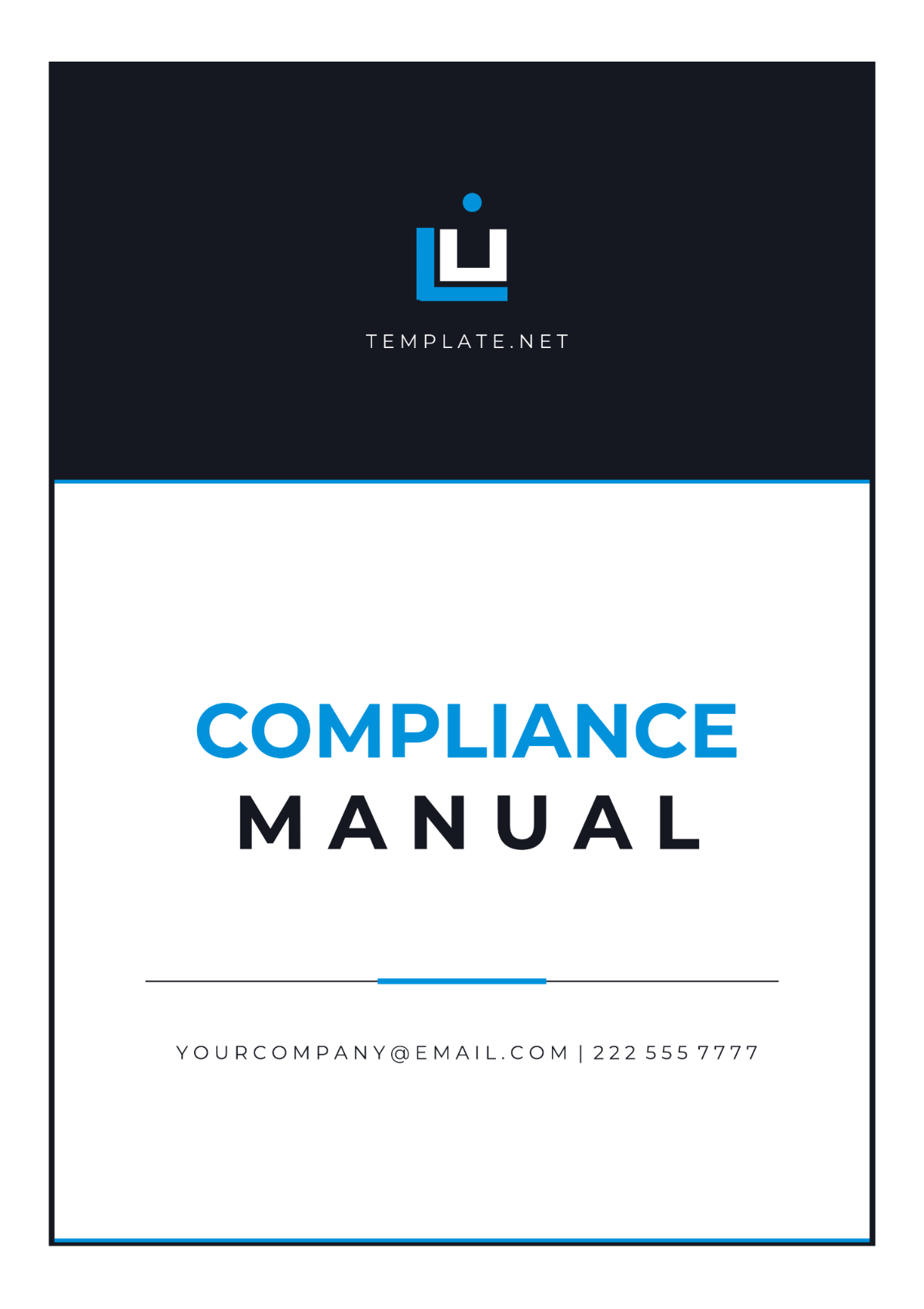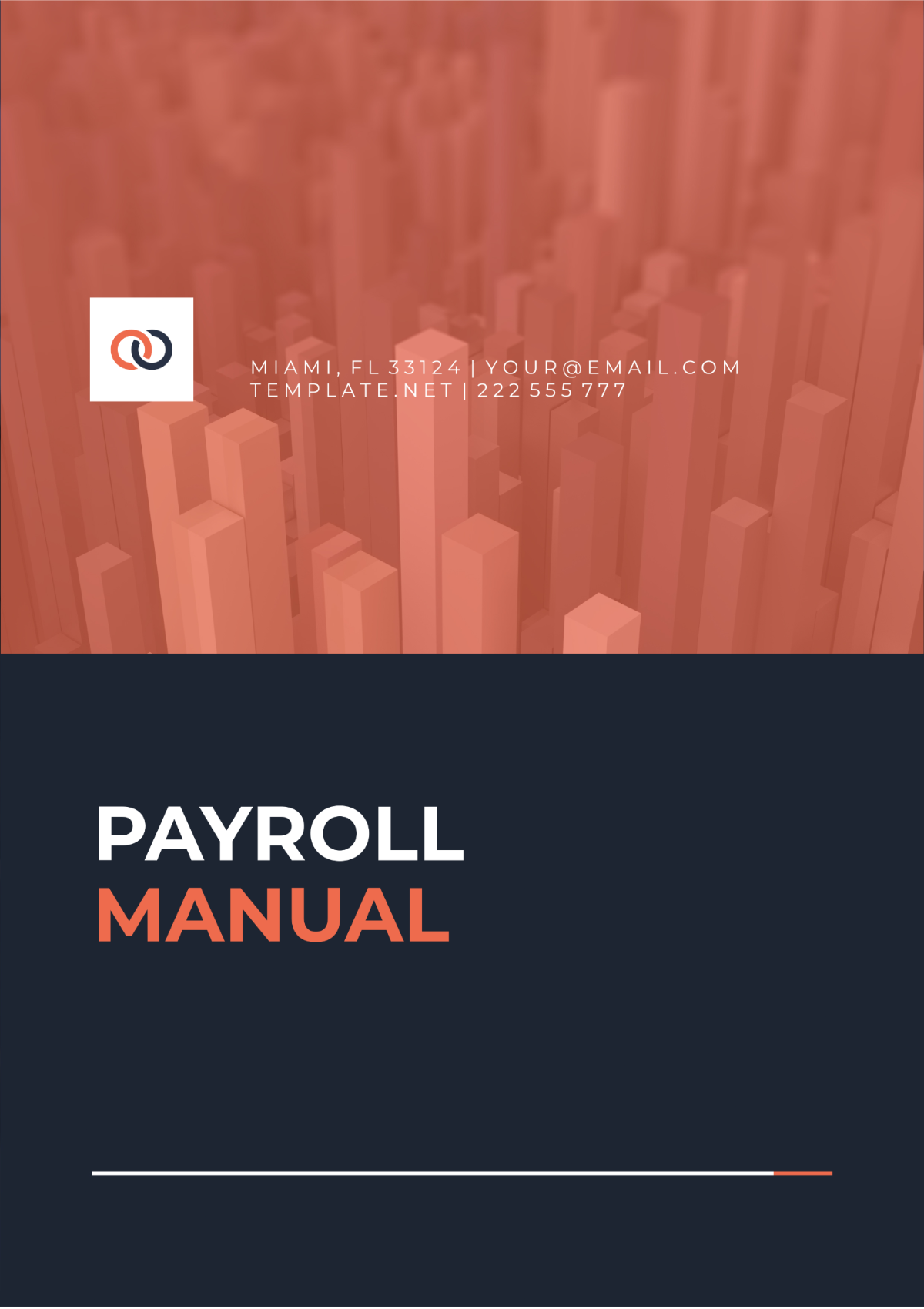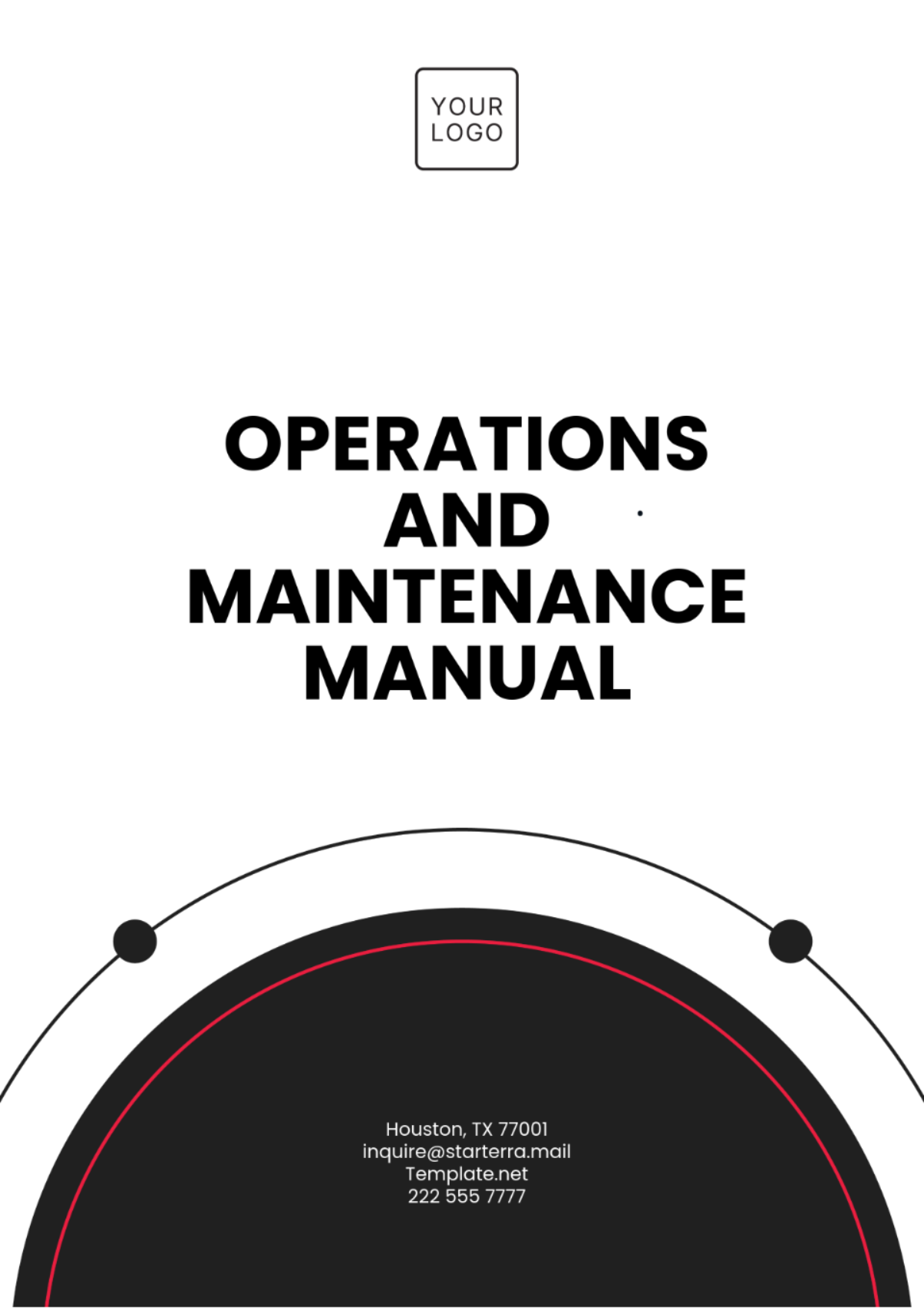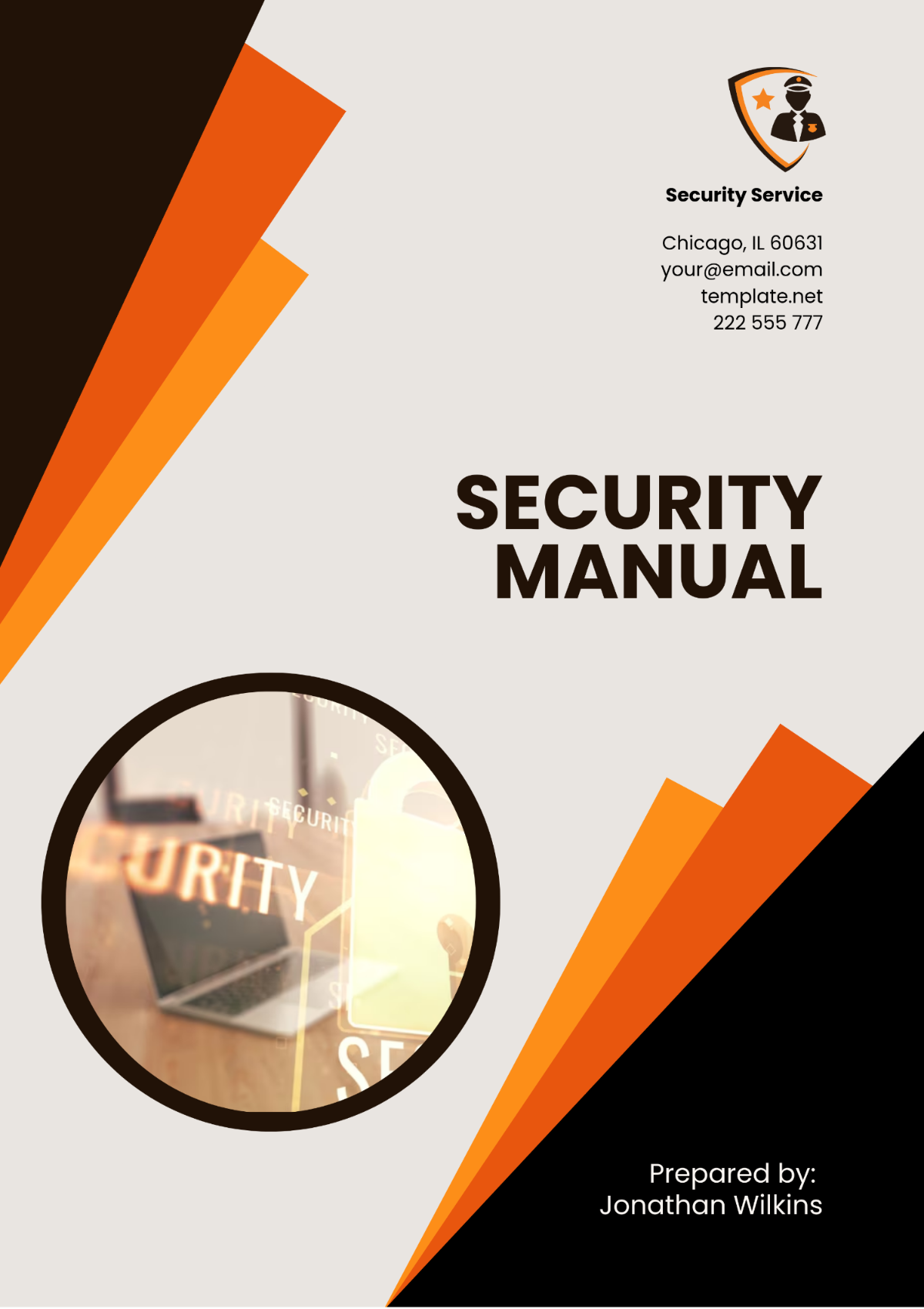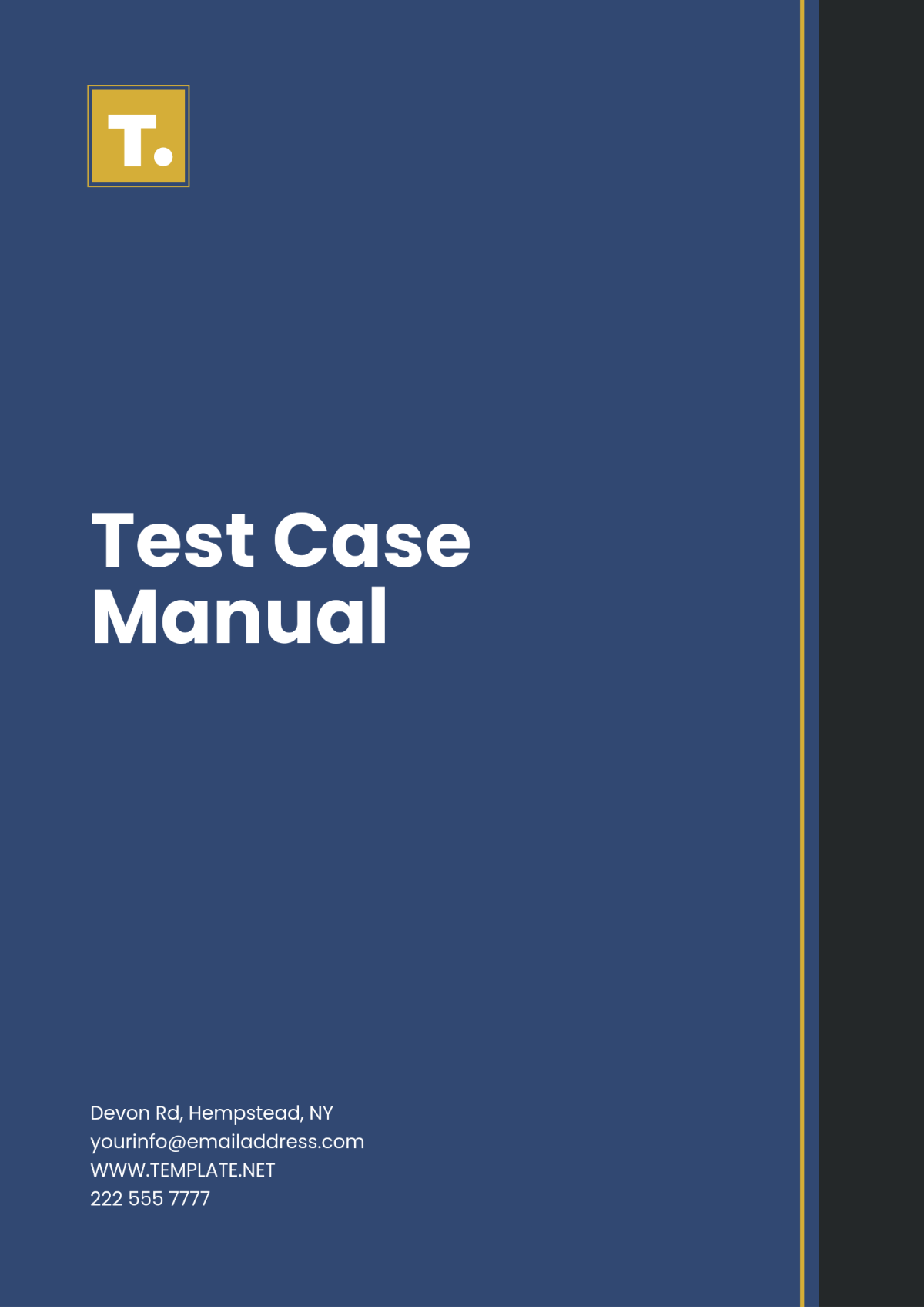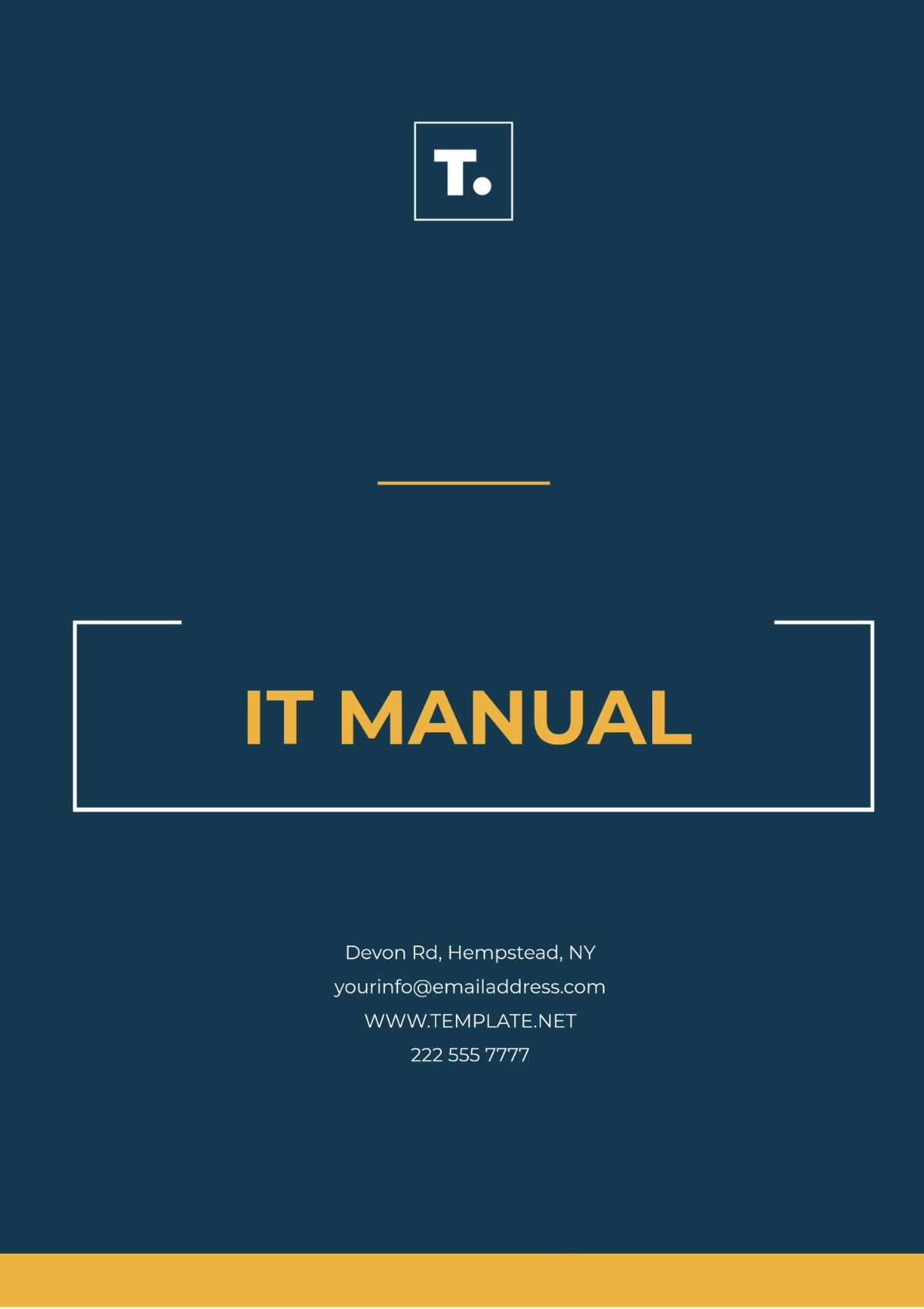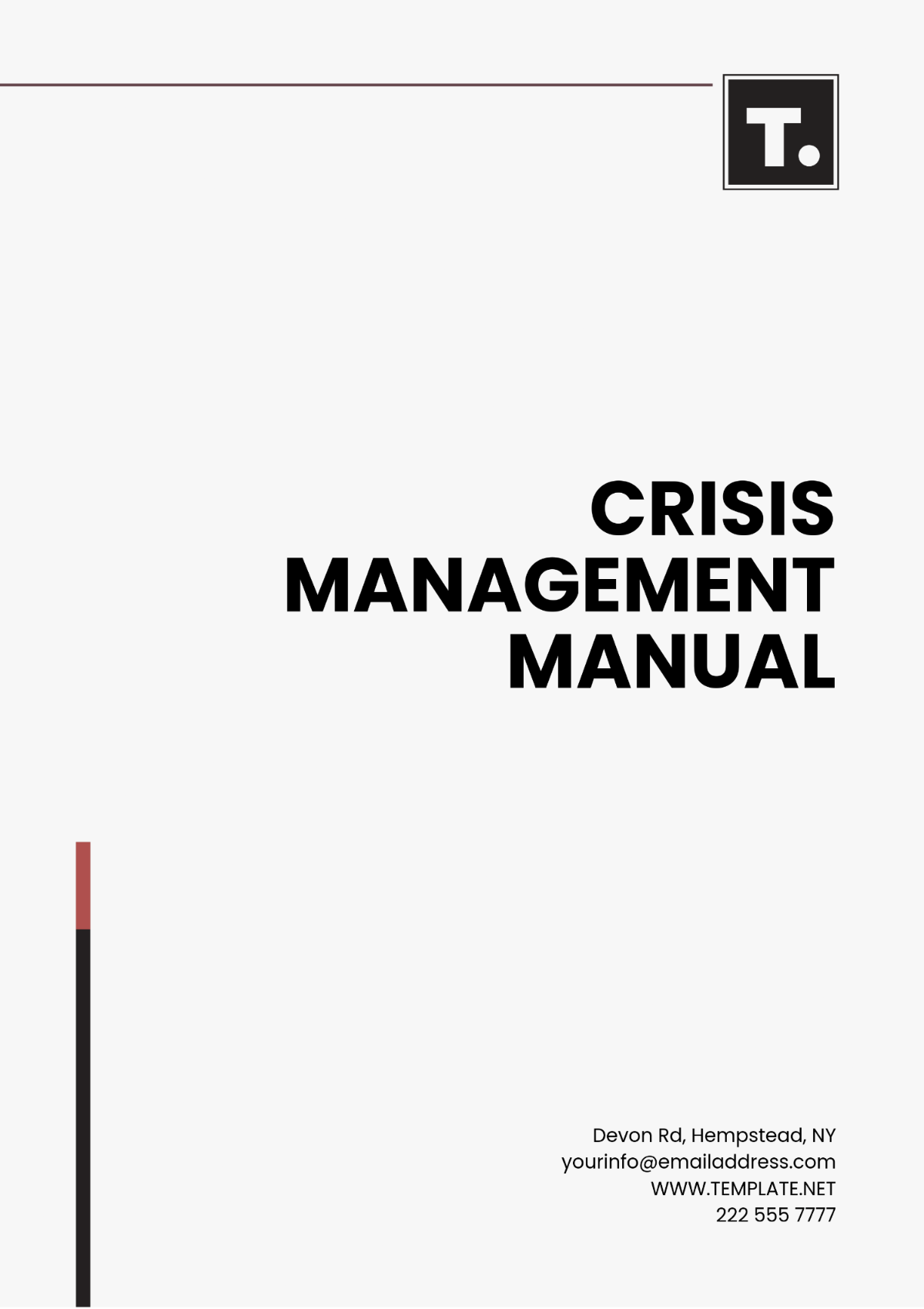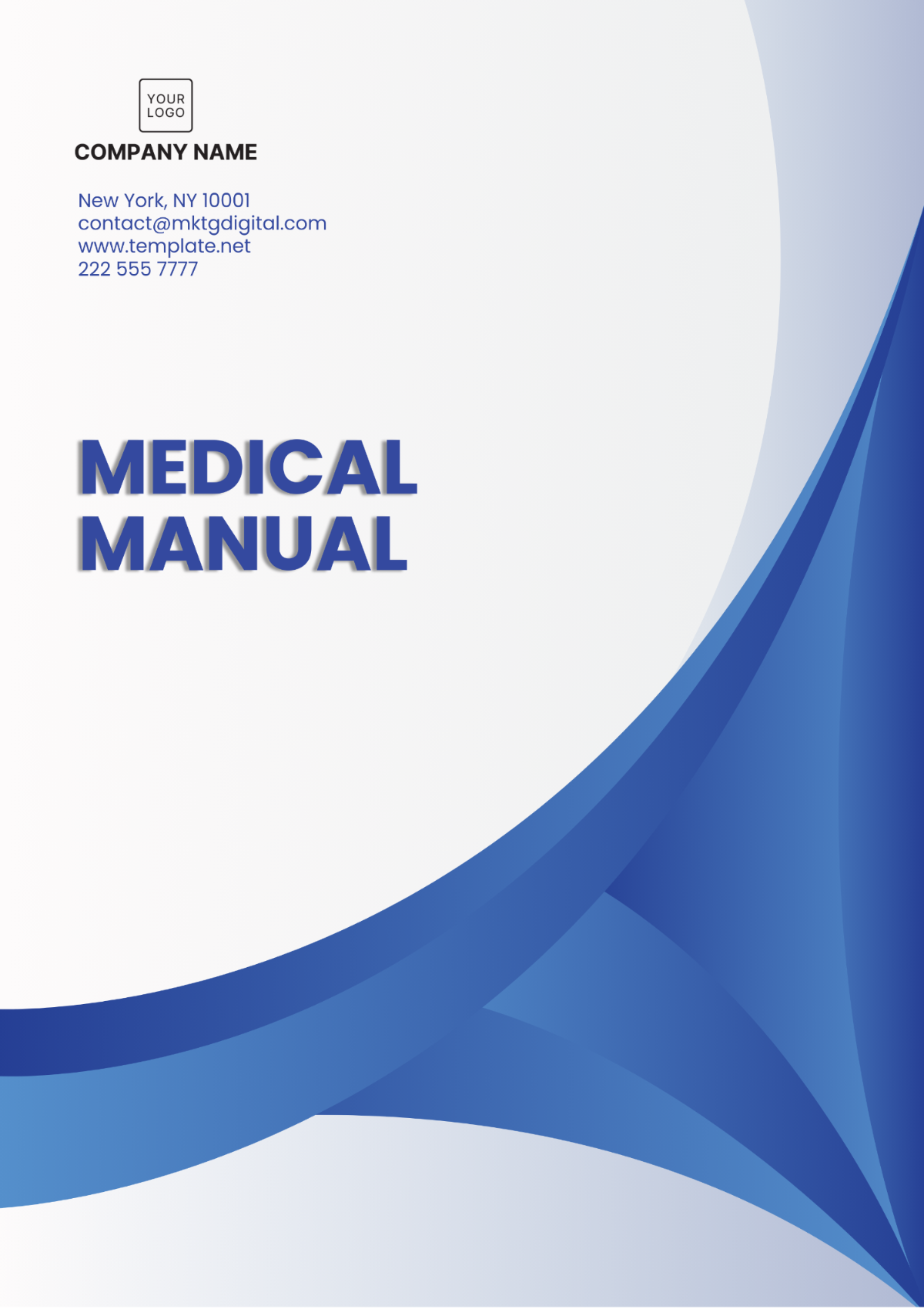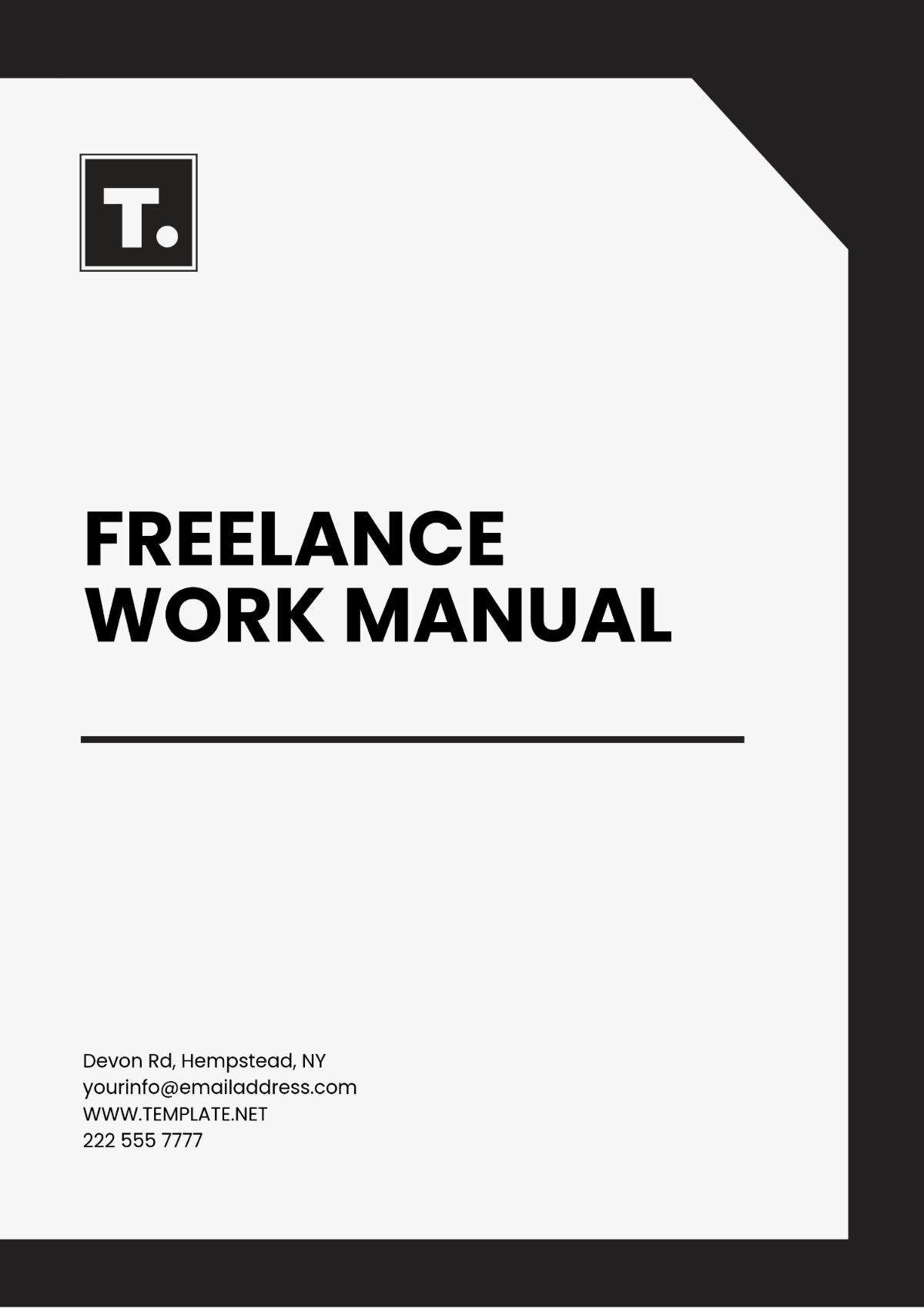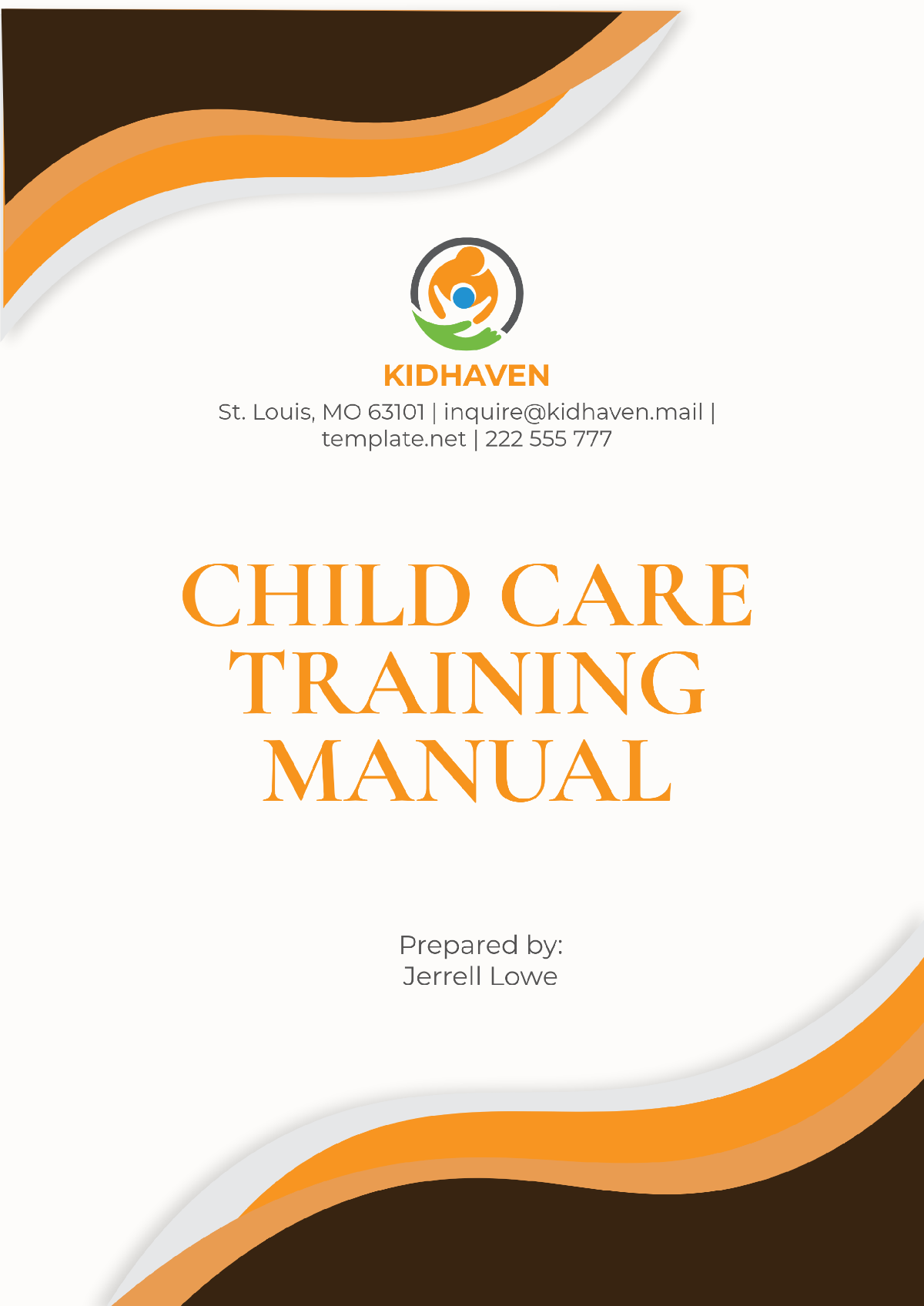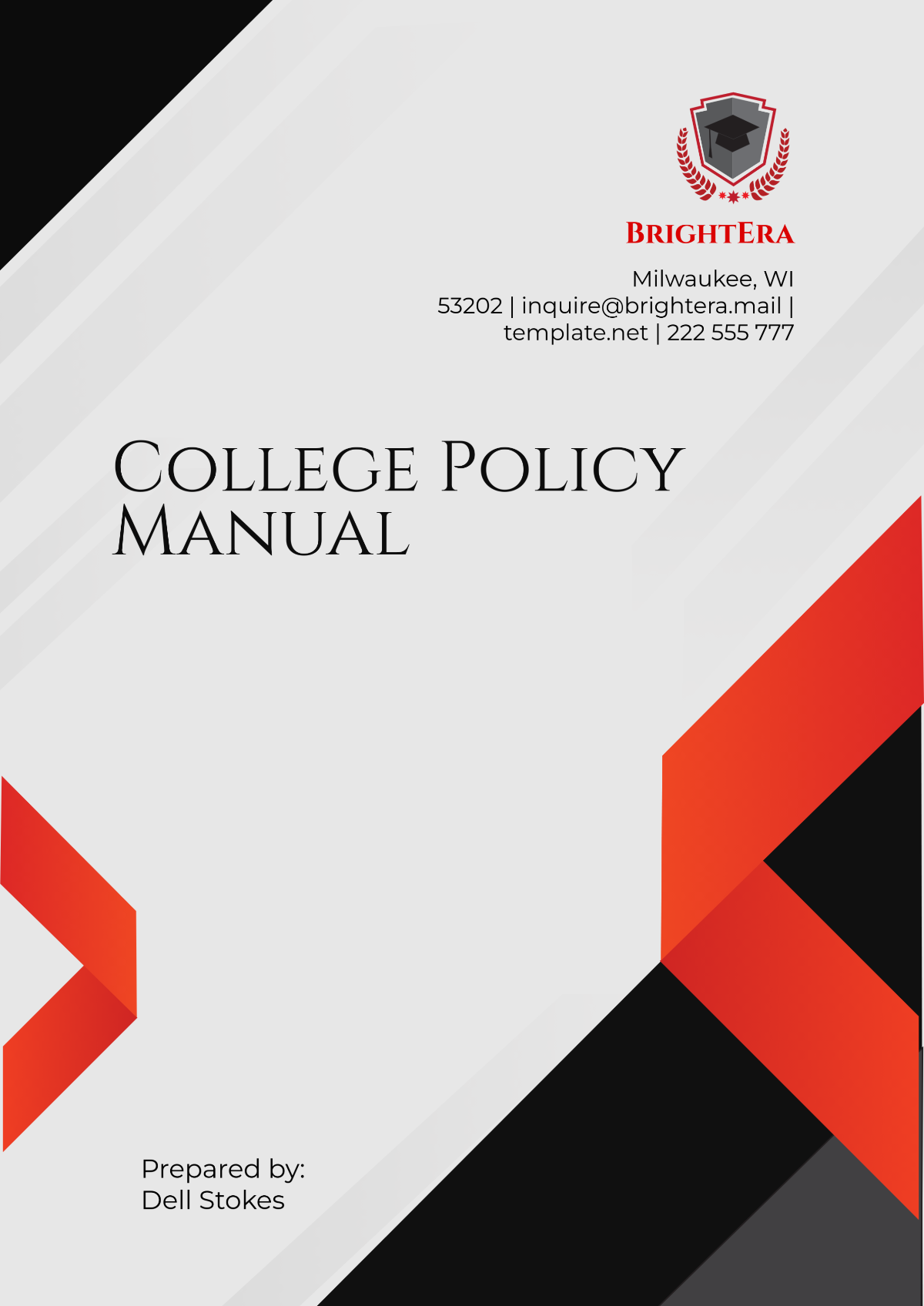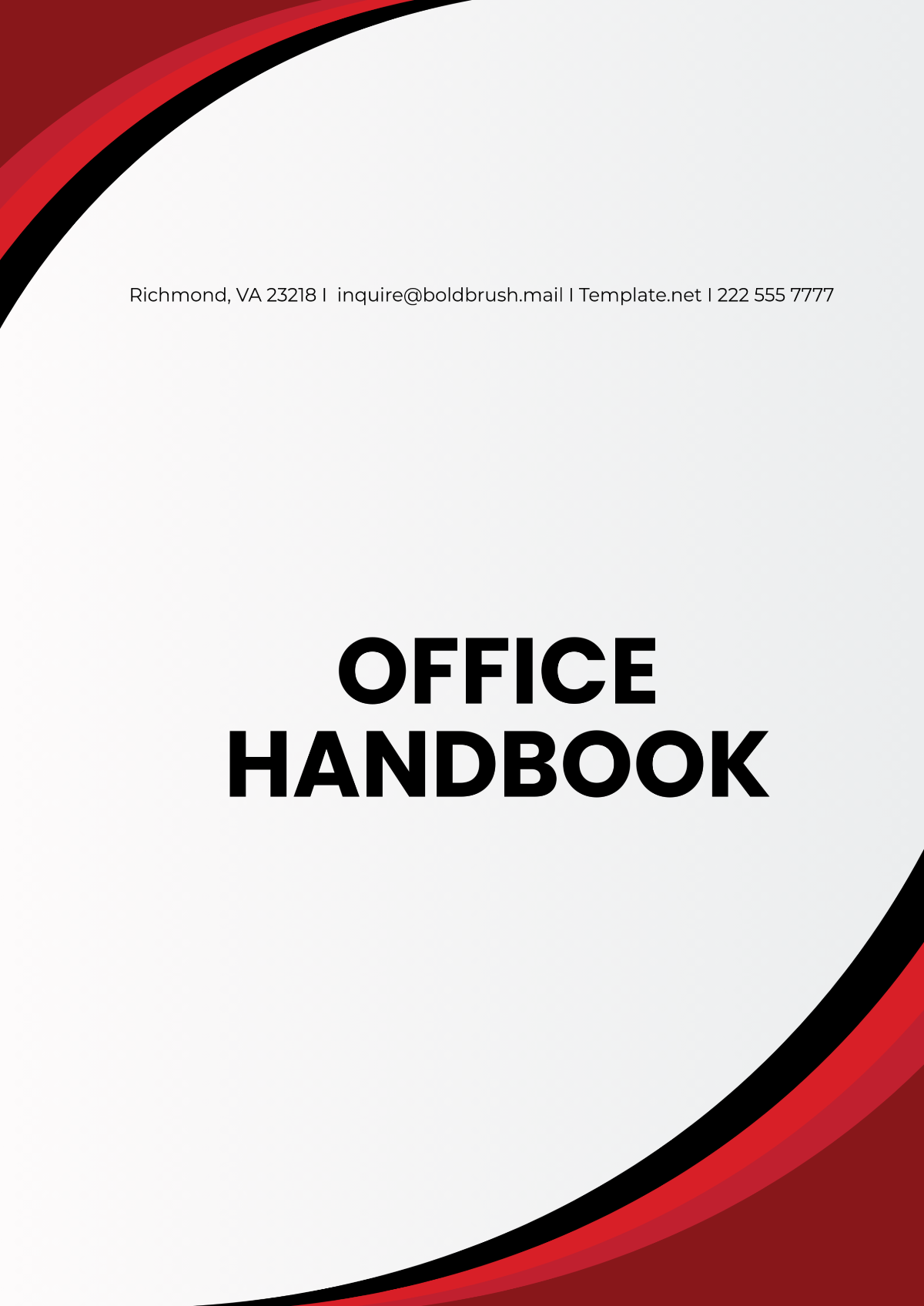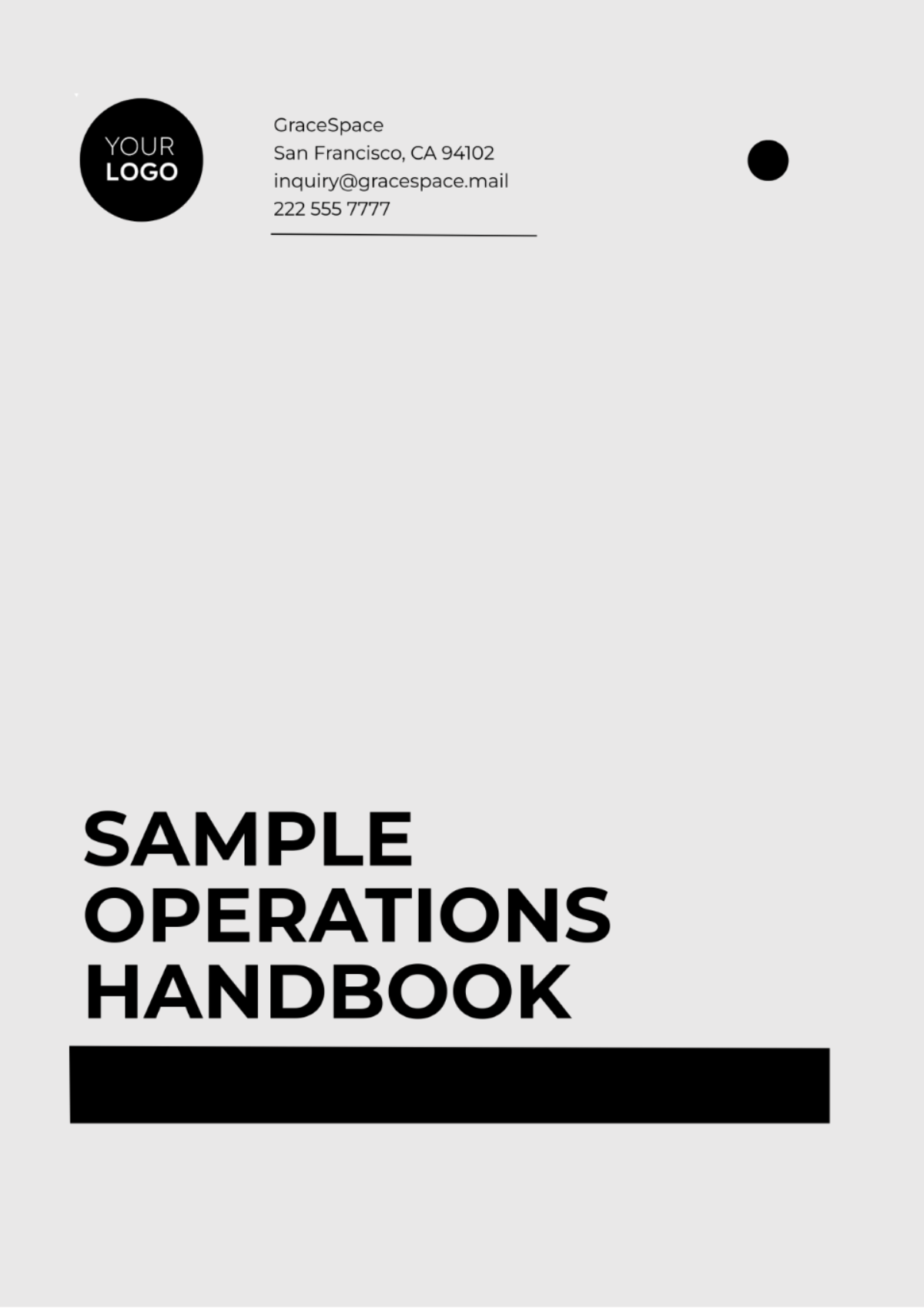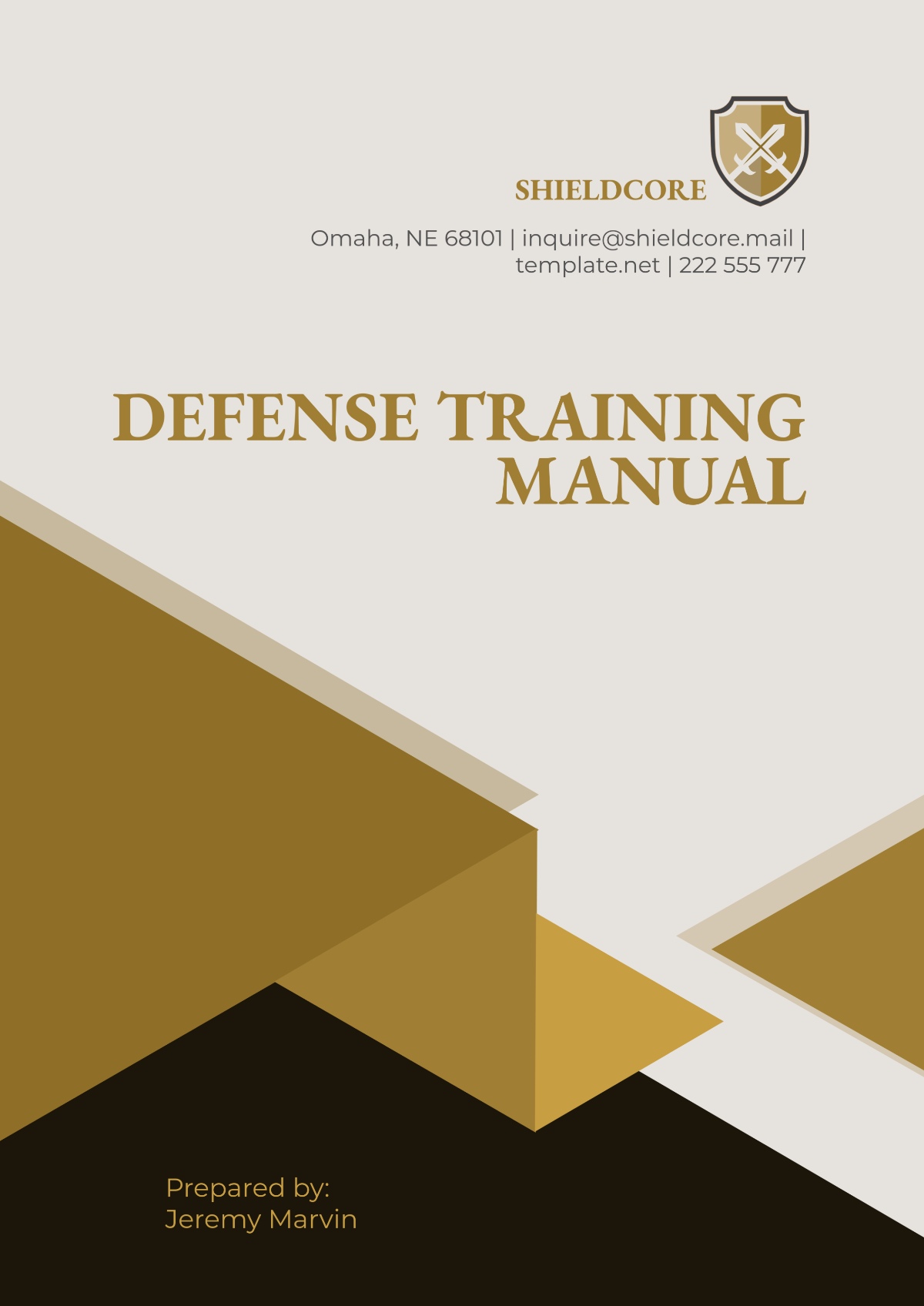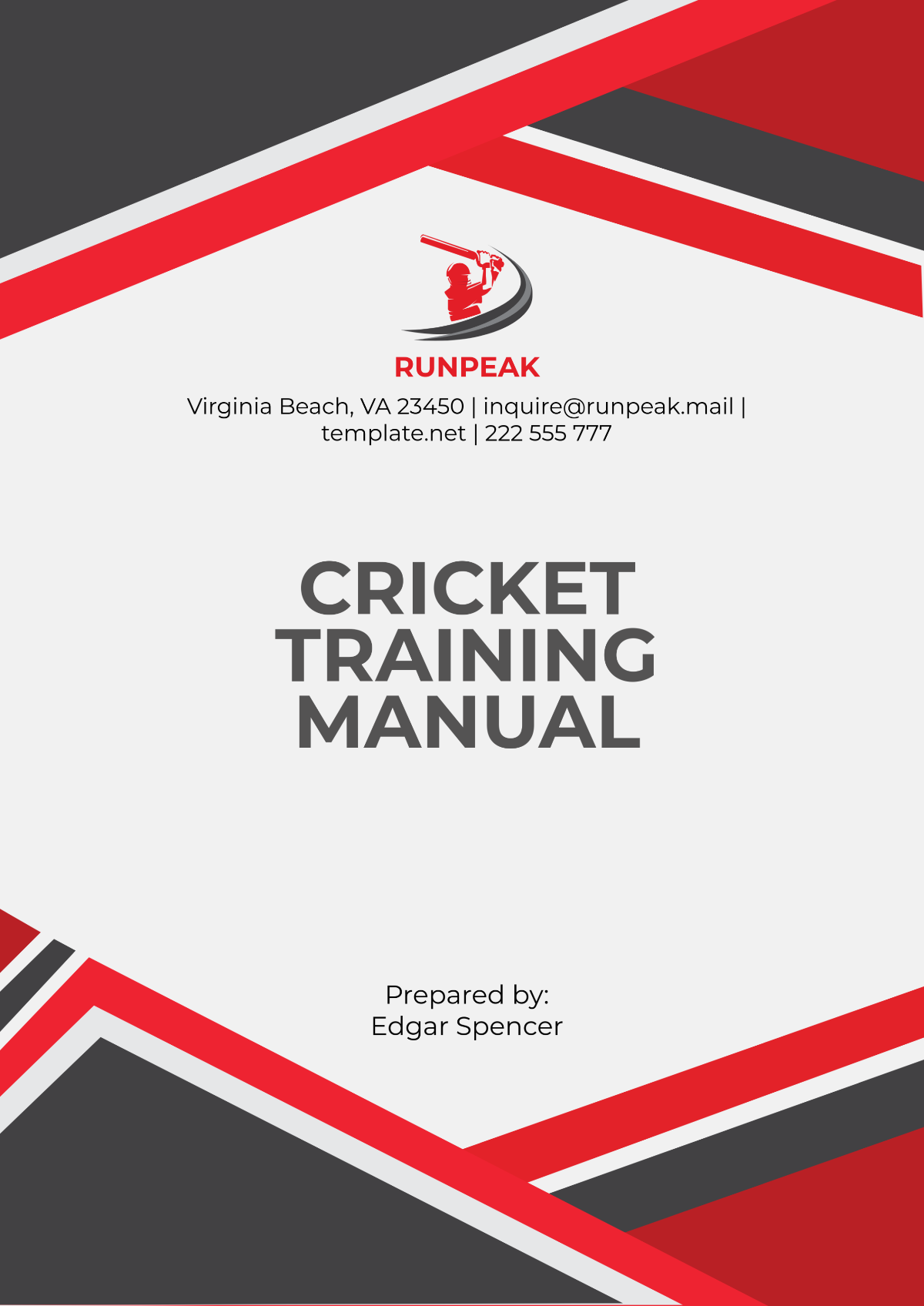Free Return-to-Work After Injury Manual HR Template
Return-to-Work After Injury Manual HR
Purpose of the Manual
The primary goal of this manual is to outline the procedures, responsibilities, and support systems in place at [Company Name] to facilitate the return-to-work process for injured employees. It aims to ensure that this transition is smooth, respectful, and takes into account the physical, emotional, and psychological needs of the employee.
Importance of a Return-to-Work (RTW) Program
A structured RTW program is pivotal in:
Safeguarding the health and well-being of our returning employees by providing suitable working conditions.
Research indicates that returning to a structured work environment can speed up the recovery process.
Leveraging the skills and experience of the returning employee while accommodating their recuperative needs.
Demonstrating our company's commitment to its employees and fostering a culture of care, trust, and mutual respect.
Policy Statement
At our company, our employees are our most valuable asset. We are deeply committed to ensuring the health, safety, and overall well-being of every member of our team. Recognizing the challenges that can arise from workplace injuries, we pledge to provide a supportive environment that respects the individual needs of each injured employee and facilitates their smooth transition back to their role.
Roles and Responsibilities
Managing the return-to-work process effectively necessitates a team effort. Each individual, from the injured employee to various members of management, plays a critical role in ensuring a smooth transition back to the workplace. The following delineates the responsibilities of key stakeholders during this process.
Stakeholder | Responsibilities |
Injured Employee |
|
Immediate Supervisor/Manager |
|
Human Resources (HR) |
|
Occupational Health & Safety Team |
|
Reporting and Documentation
A structured reporting and documentation process ensures that all necessary information is captured and available when managing the return-to-work process. This ensures timely and appropriate actions are taken and provides a record for future reference and continuous improvement initiatives.
Injury Reporting Procedure
Step | Action | Responsibility |
1 | Immediately report the injury to the immediate supervisor/manager, no matter how minor it may seem. | Injured Employee |
2 | Document the details of the injury, including the date, time, location, and circumstances leading to the injury. | Immediate Supervisor/Manager |
3 | Notify the Human Resources (HR) and Occupational Health & Safety Team. | Immediate Supervisor/Manager |
4 | Complete all required injury report forms and provide any additional documentation or witness statements if available. | HR & Injured Employee |
5 | Store all reports and associated documentation in a secure location, adhering to confidentiality protocols. | HR |
Medical Documentation Requirements
Document | Purpose | Provided By |
Initial Medical Assessment | To determine the nature and extent of the injury. This helps in understanding the immediate and potential long-term needs of the employee. | Treating Physician |
Ongoing Medical Updates | To track the recovery process and provide updates on any changes in the employee's medical condition or capabilities. | Treating Physician |
Workplace Accommodation Recommendations | To suggest any required adjustments or modifications in the workplace to support the returning employee. | Occupational Therapist/Physician |
Fit-for-Work Certification | To confirm that the employee is medically fit to return to their role, either in a full or modified capacity. | Treating Physician |
Confidentiality and Privacy Concerns
Only authorized personnel, such as specific HR representatives and the Occupational Health & Safety Team, have access to these records.
All electronic data is encrypted and stored securely, while physical records are kept in locked cabinets in restricted areas.
Medical details are shared strictly on a need-to-know basis, and only when necessary for the execution of the return-to-work process.
Employees have the right to access their records and can request corrections if inaccuracies are identified.
Assessment and Planning
Properly assessing the condition of the injured employee and planning their reintegration into the workplace is a foundational step in the return-to-work process. This not only ensures that the employee's health and recovery remain paramount but also that they can effectively contribute to their roles without undue strain or risk.
Initial Health Assessment
Upon reporting an injury, the employee is immediately referred for a medical evaluation. This assessment provides an overview of:
The nature and severity of the injury.
Expected duration of recovery.
Immediate medical interventions or treatments required.
Potential long-term implications, if any.
This information is crucial in shaping the initial response, from understanding how long the employee might be away to determining the immediate support needs.
Ongoing Medical Reviews
As the recovery progresses, regular medical check-ins are scheduled. These serve to:
Monitor and document the recovery trajectory.
Adjust treatments or interventions as required.
Inform our company of any changes in the employee's capability or estimated return-to-work date.
Identification of Suitable Duties
A critical step in the return-to-work process is determining which duties the injured employee can safely and effectively handle during their recovery period.
Duty/Task | Modified Duty (If Required) | Duration of Modification | Note |
Physical Lifting | Limit lifting to lightweight items or provide tools/equipment to assist. | Until full recovery | Based on doctor's recommendations. |
Computer Work | Implement frequent breaks or ergonomic adjustments. | 2-4 weeks or as needed | Depending on |
On-site Movement | Restrict to ground floor or provide mobility aids if movement is restricted. | As required | Suitable for leg injuries. |
Customer Interaction | Transition to back-office roles if face-to-face interaction could be strenuous. | Duration of visible injury | Based on comfort and appearance. |
Modified Work Programs
When an employee is ready to return to work after an injury but isn't yet fit for their usual duties, our company ensures they're still able to contribute in a manner that's conducive to their health and recovery. Modified work programs help bridge this gap, ensuring the employee remains integrated within the team and the company, while also continuing their recovery.
Temporary Adjustments to Role/Responsibilities
Depending on the nature and severity of the injury, certain tasks or responsibilities may be temporarily reassigned or adjusted. This could involve:
Reducing the workload.
Delegating certain tasks to other team members.
Altering tasks to match the employee's current capabilities.
Physical Accommodations
The physical workspace may need alterations to support the injured employee. This can include:
Ergonomic workspace adjustments.
Providing tools or equipment to aid in task completion.
Ensuring easy access to facilities, especially if mobility is a concern.
Flexible Work Schedules
Recognizing that a standard work schedule might be challenging during recovery, our company offers:
Reduced work hours.
Extended breaks.
The possibility of remote work, where feasible.
Training and Support
Transitioning back to work after an injury can be daunting. Our company is committed to ensuring that employees have all the resources they need to feel confident and capable as they reintegrate into their roles.
Program/Resource | Description | Duration / Frequency |
Re-orientation Programs | Familiarizes the employee with any changes that occurred during their absence, ensuring they feel integrated. | 1-2 days upon return |
Skills Refresher Courses | Helps update the employee on any new tools, technologies, or methods introduced in their absence. | Varies based on role/needs |
Monitoring and Review
As an employee reintegrates into the workplace following an injury, continuous monitoring and review ensure that their return is smooth, and any necessary adjustments can be made promptly. This process is both a safeguard for the employee's well-being and a means to ensure the efficacy of our return-to-work initiatives.
Regular Check-ins with the Injured Employee
Regular check-ins, led by HR or the immediate supervisor, serve as an open forum for the employee to discuss:
Their recovery progress.
Any challenges they're facing in their modified role.
Additional support or accommodations they might require.
Adjustments to Modified Work Programs
Based on the feedback from check-ins and observations, the modified work program may need further refinements. These could be:
Further reducing workload.
Extending the duration of physical accommodations.
Transitioning the employee back to their regular duties as they become capable.
Feedback Mechanism for Employees
A formal feedback mechanism allows employees to share their experience of the return-to-work process. These mechanisms include:
Feedback surveys to be completed one month after reintegration
One-on-one interviews every now and then during the first month of reintegration
Communication Strategy
Effective communication is essential during an employee's return to work. Not only does it keep the team aligned, but it also ensures that the returning employee feels integrated and valued.
Transparent communication ensures that the team understands the nature of the employee's return (temporary modifications, reduced hours, etc.) and that the team is prepared to offer support or make necessary adjustments in team dynamics.
Open channels, such as dedicated HR sessions or team meetings, allow team members to voice any concerns or questions. They also allow the returning employee to share their perspective, needs, or any requests.
Celebrating milestones, such as the successful completion of a modified work program or the employee's full return to their role, fosters positivity. These celebrations recognize the employee's resilience and dedication, reinforce a supportive company culture, and motivate other employees and showcase our company's commitment to employee well-being.
Legal and Compliance Considerations
Adhering to legal standards and ensuring full compliance is paramount during an employee's return to work. Not only does it protect the rights and welfare of the employee, but it also safeguards our company from potential legal complications.
Legal Obligations of the Company
Providing a safe working environment, even in modified roles.
Ensuring non-discrimination against employees returning from injury.
Offering reasonable accommodations based on medical recommendations.
Maintaining the confidentiality of the employee's medical records.
Employee Rights
Every employee at our company has the right to:
Receive fair treatment regardless of their injury status.
Access their medical and employment records.
Receive adequate support during their return-to-work process.
Raise concerns or grievances without fear of retaliation.
Dispute Resolution Procedures
Should disagreements or disputes arise during the return-to-work process, our company has set procedures to address them:
Initial Mediation: HR representatives will facilitate a discussion between the disputing parties, seeking an amicable resolution.
Formal Grievance: If mediation fails, a formal grievance can be lodged, triggering a more structured review process.
External Arbitration: In rare instances where internal mechanisms don't resolve the issue, external arbitration might be considered.
Resources and Support Services
Ensuring the smooth transition of employees back into their roles requires a network of support services, both internal and external. Below is a table detailing these resources and their contact information.
Resource/Service | Name | Contact Details |
In-House Medical Professionals | [Name] | [Email], [Phone Number] |
External Rehabilitation Services | [Organization Name] | [Contact] |
